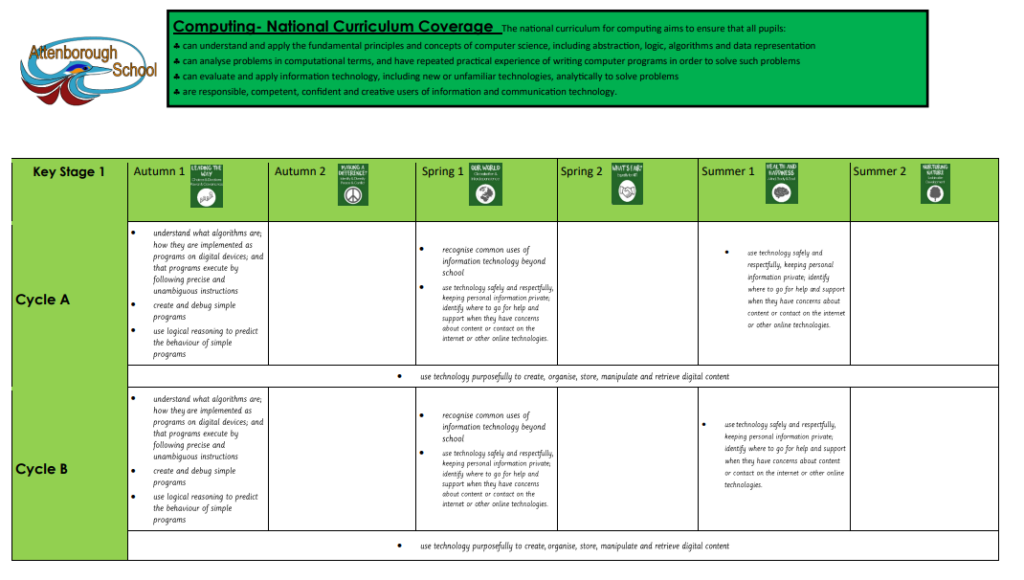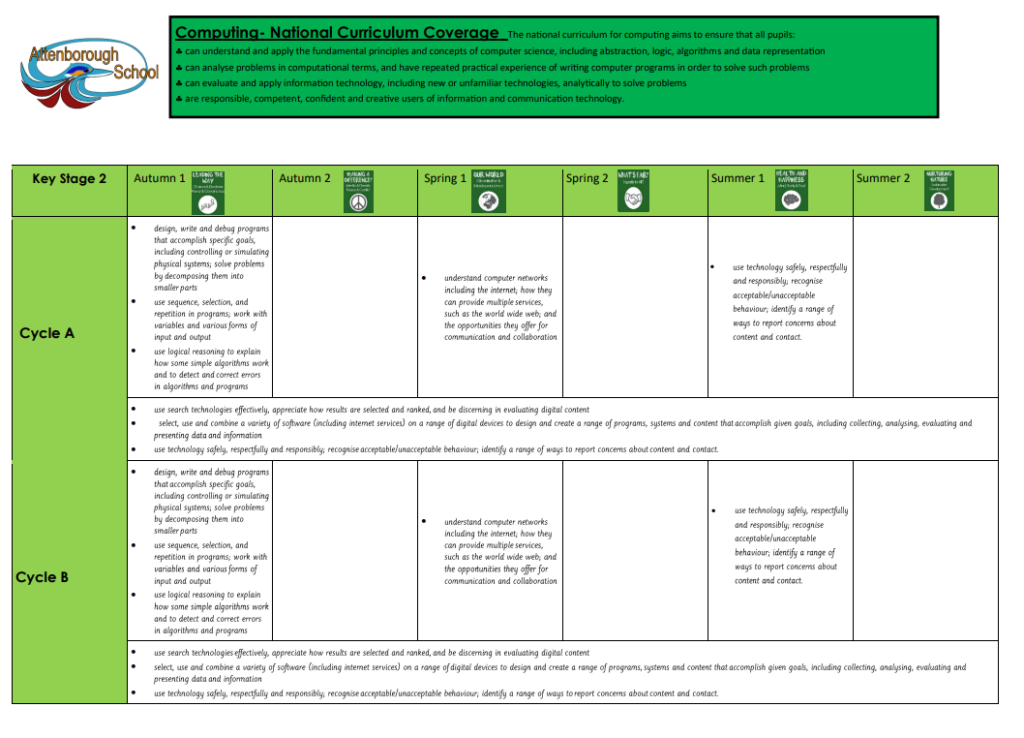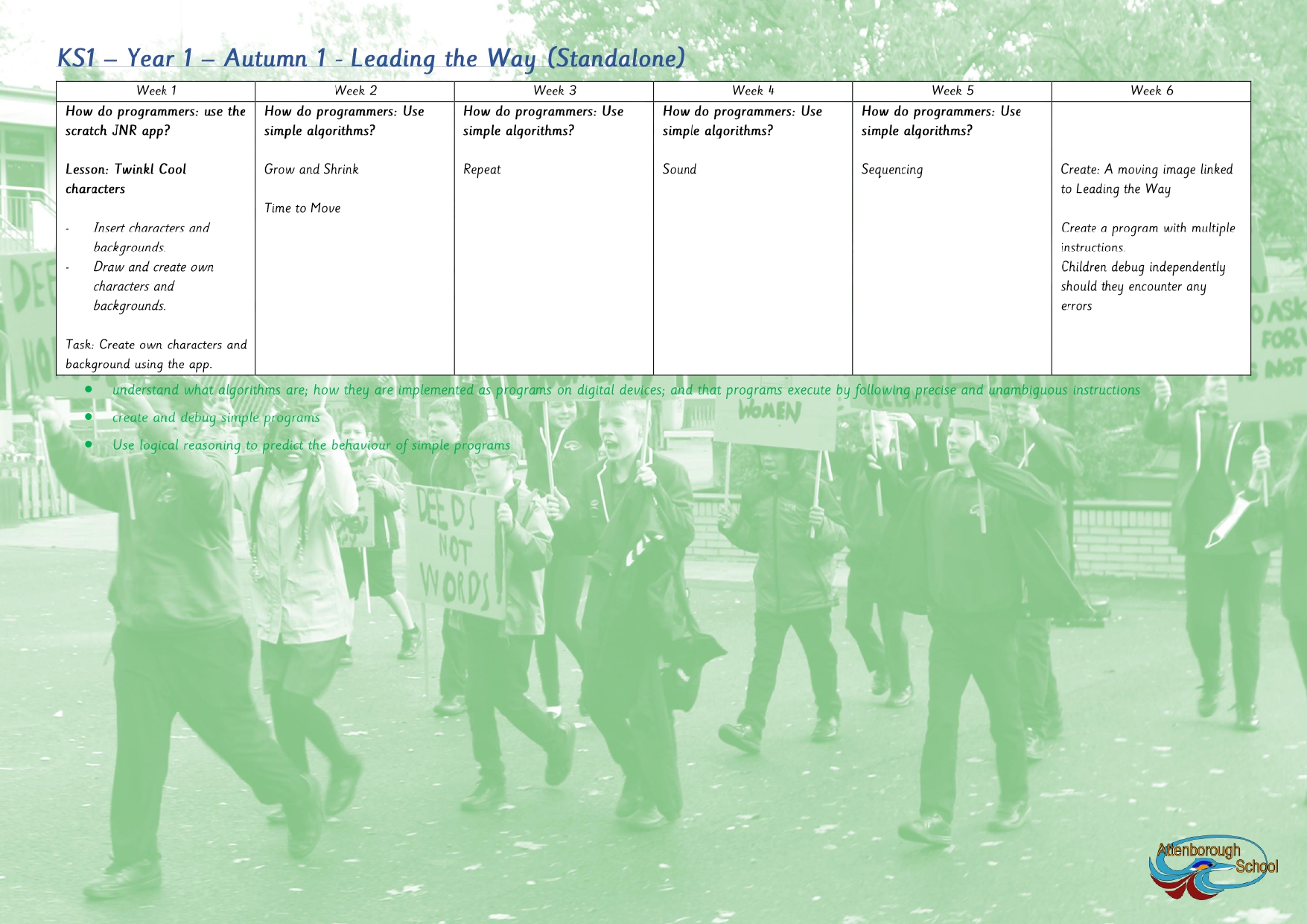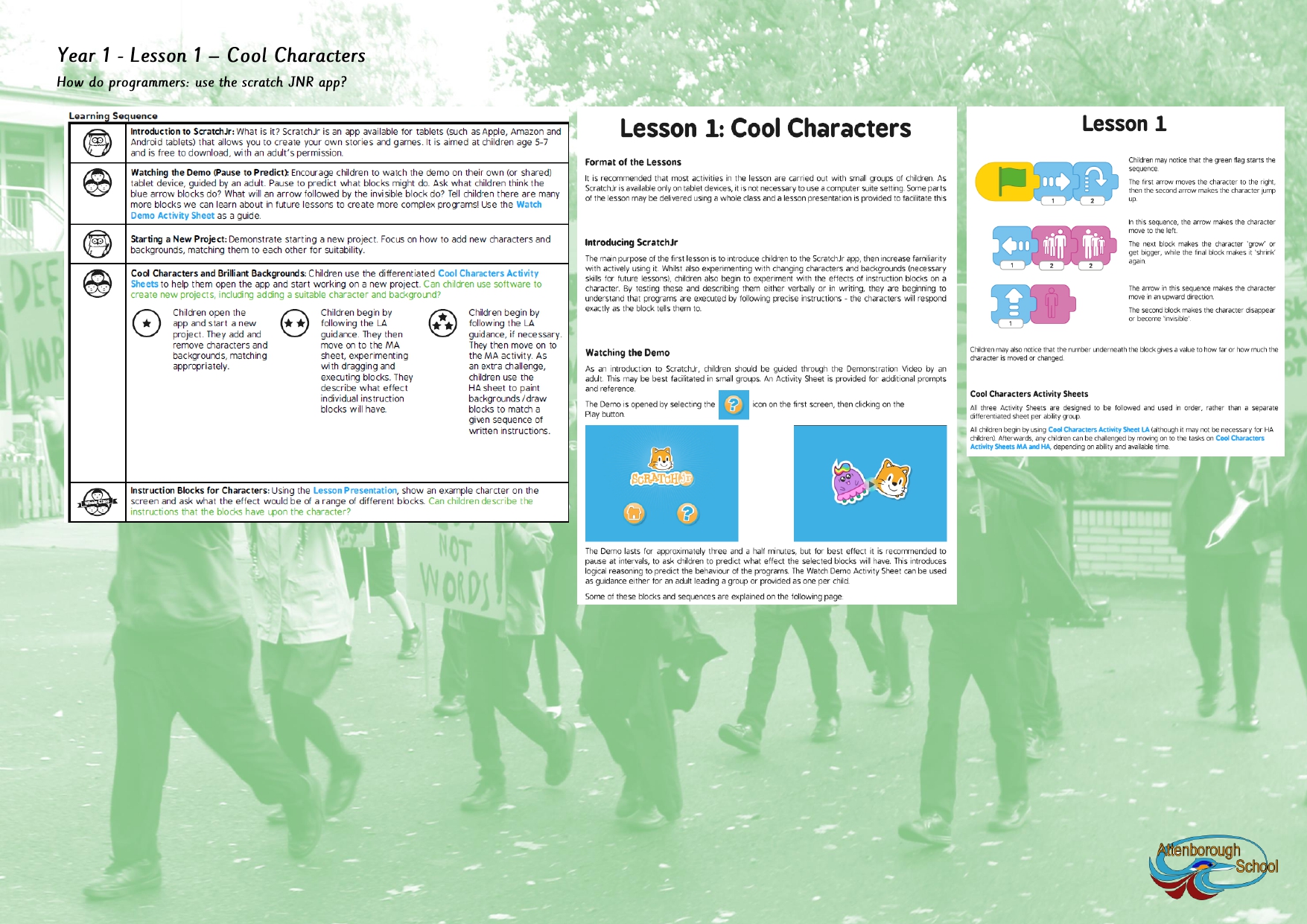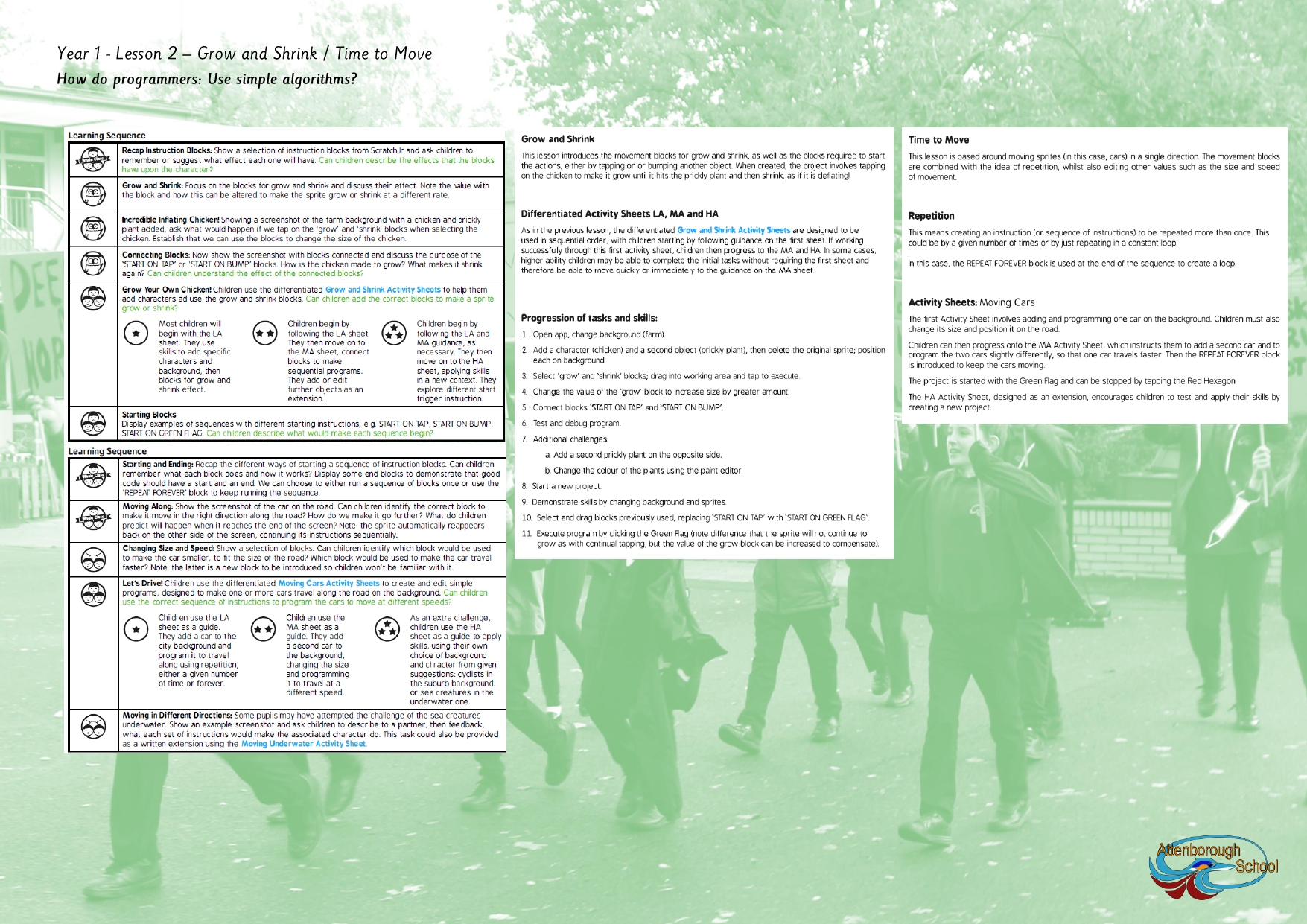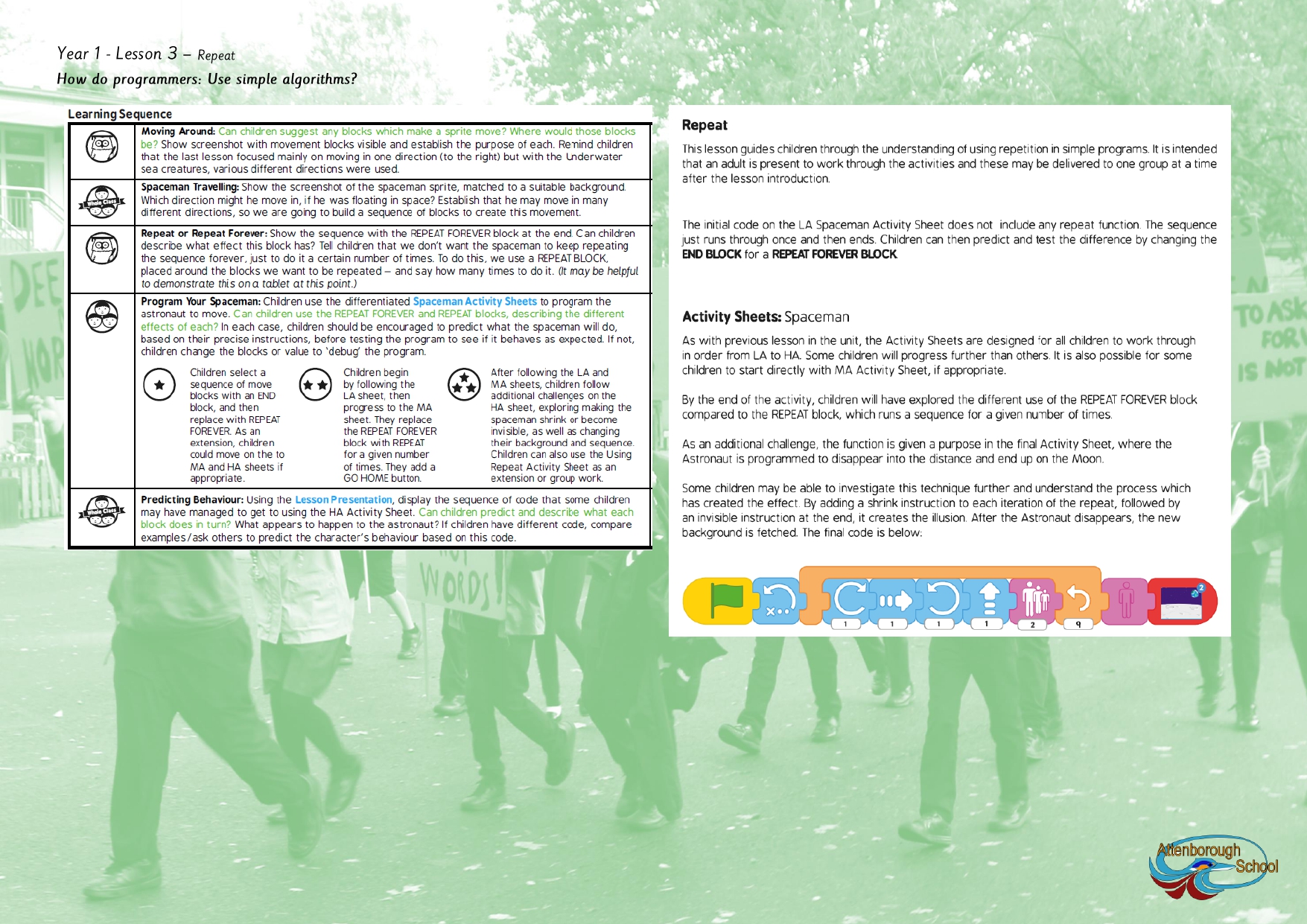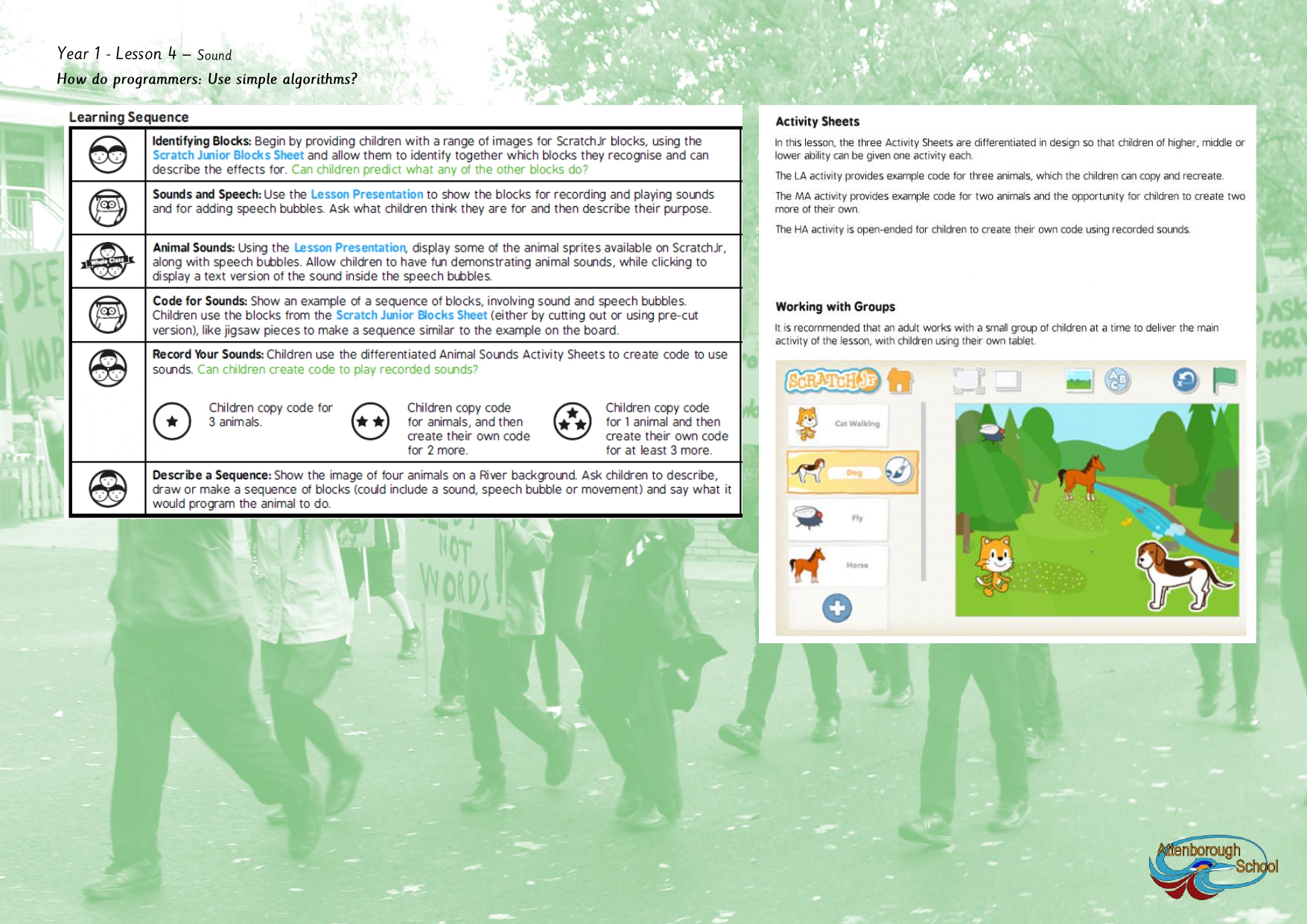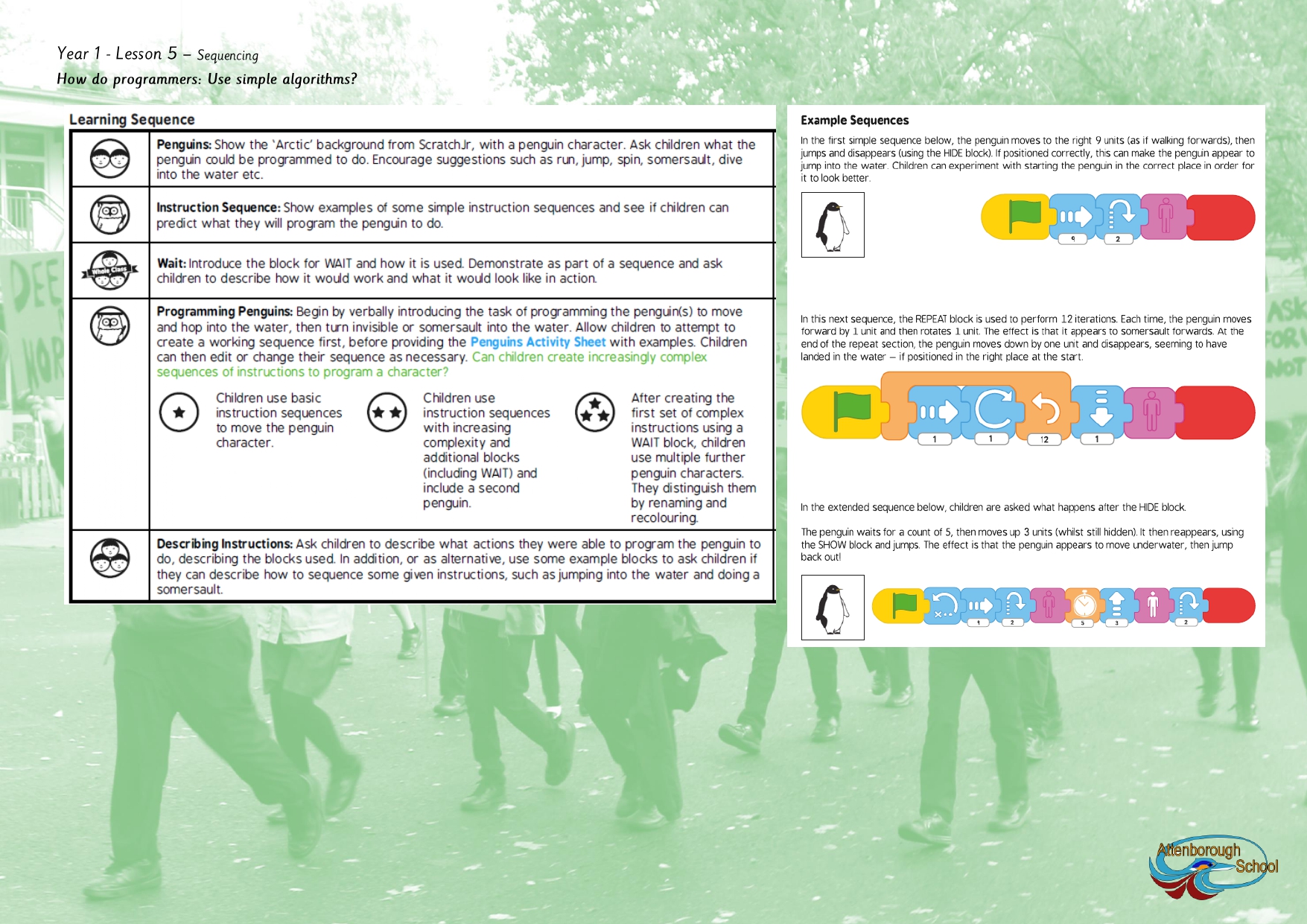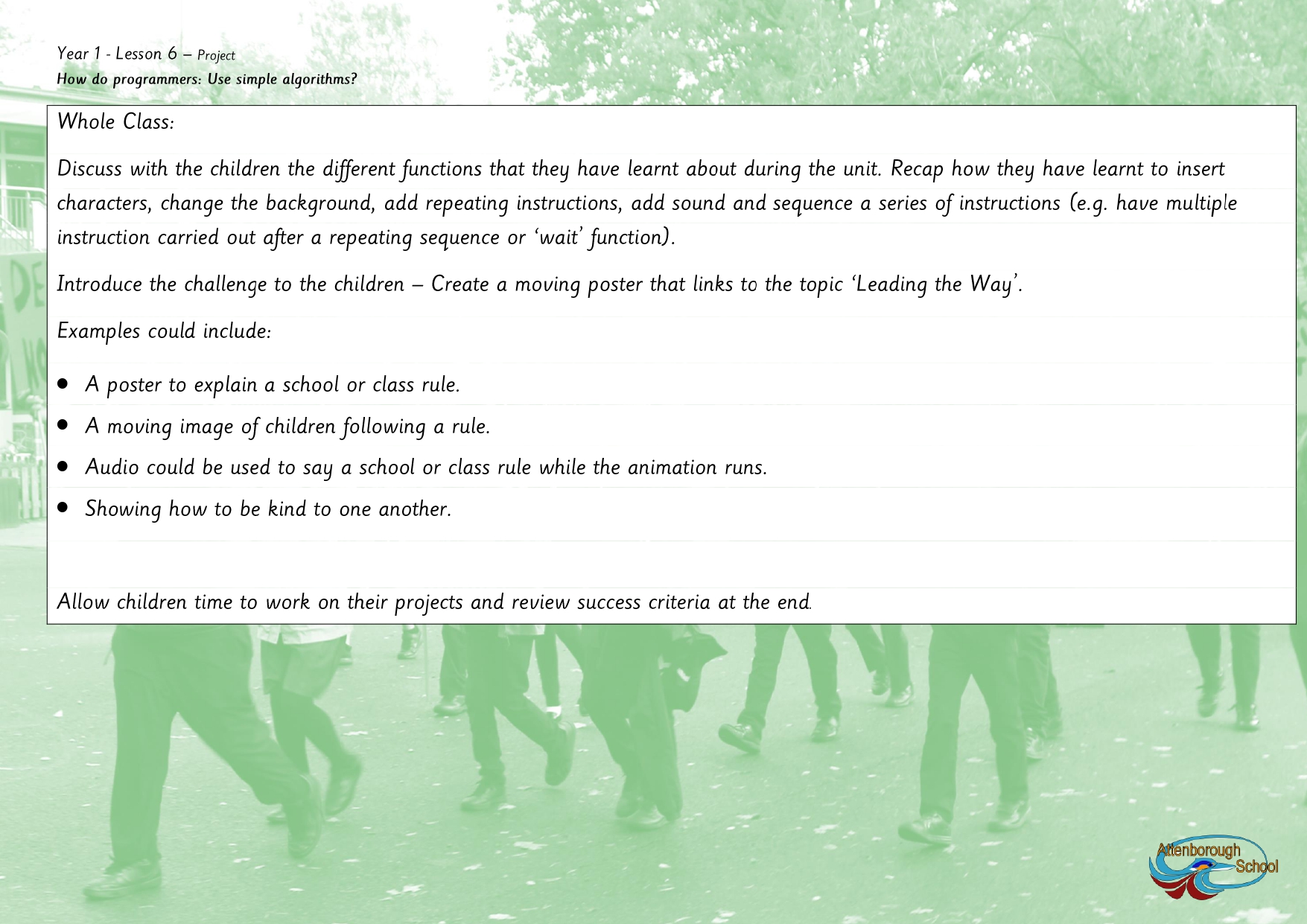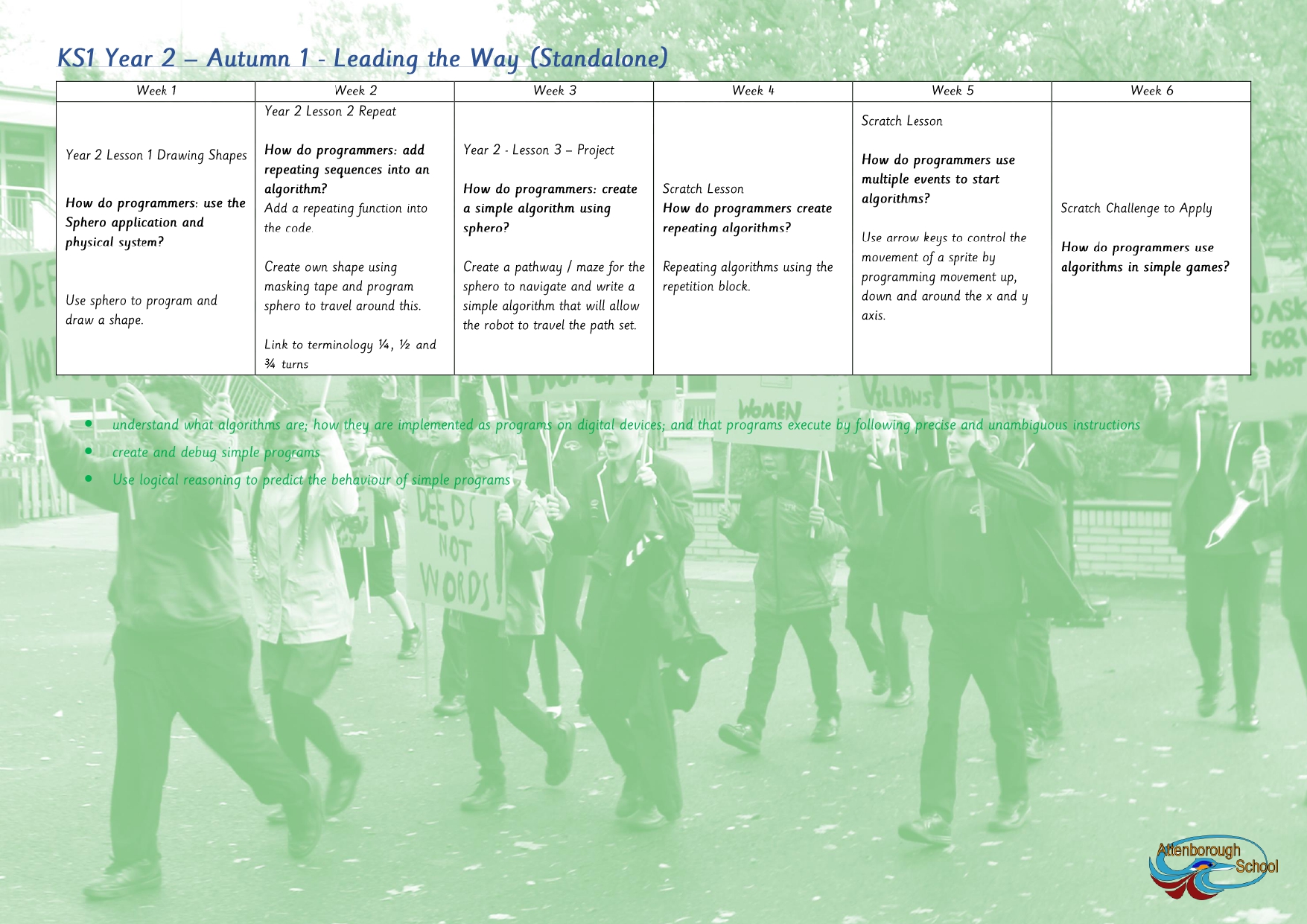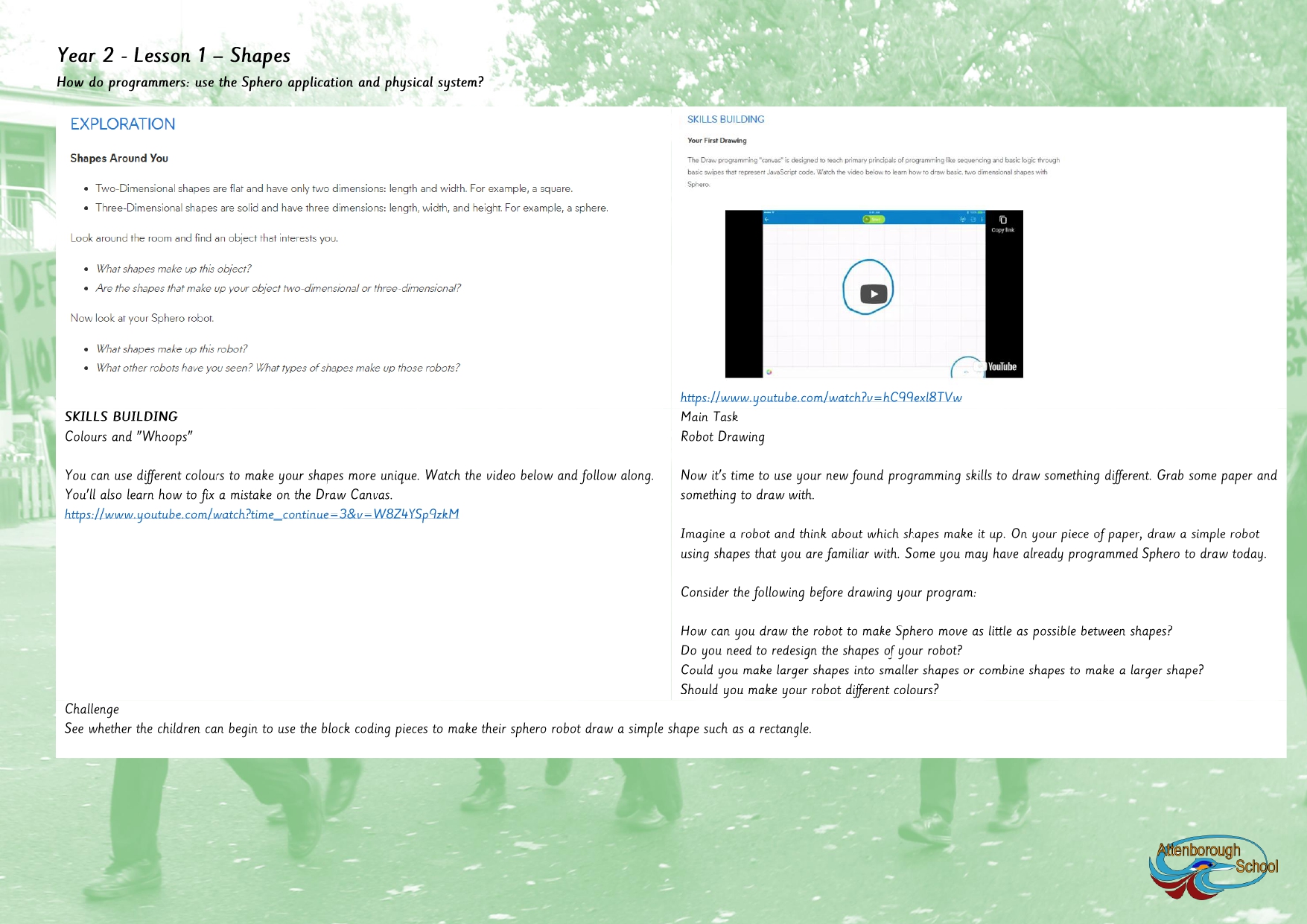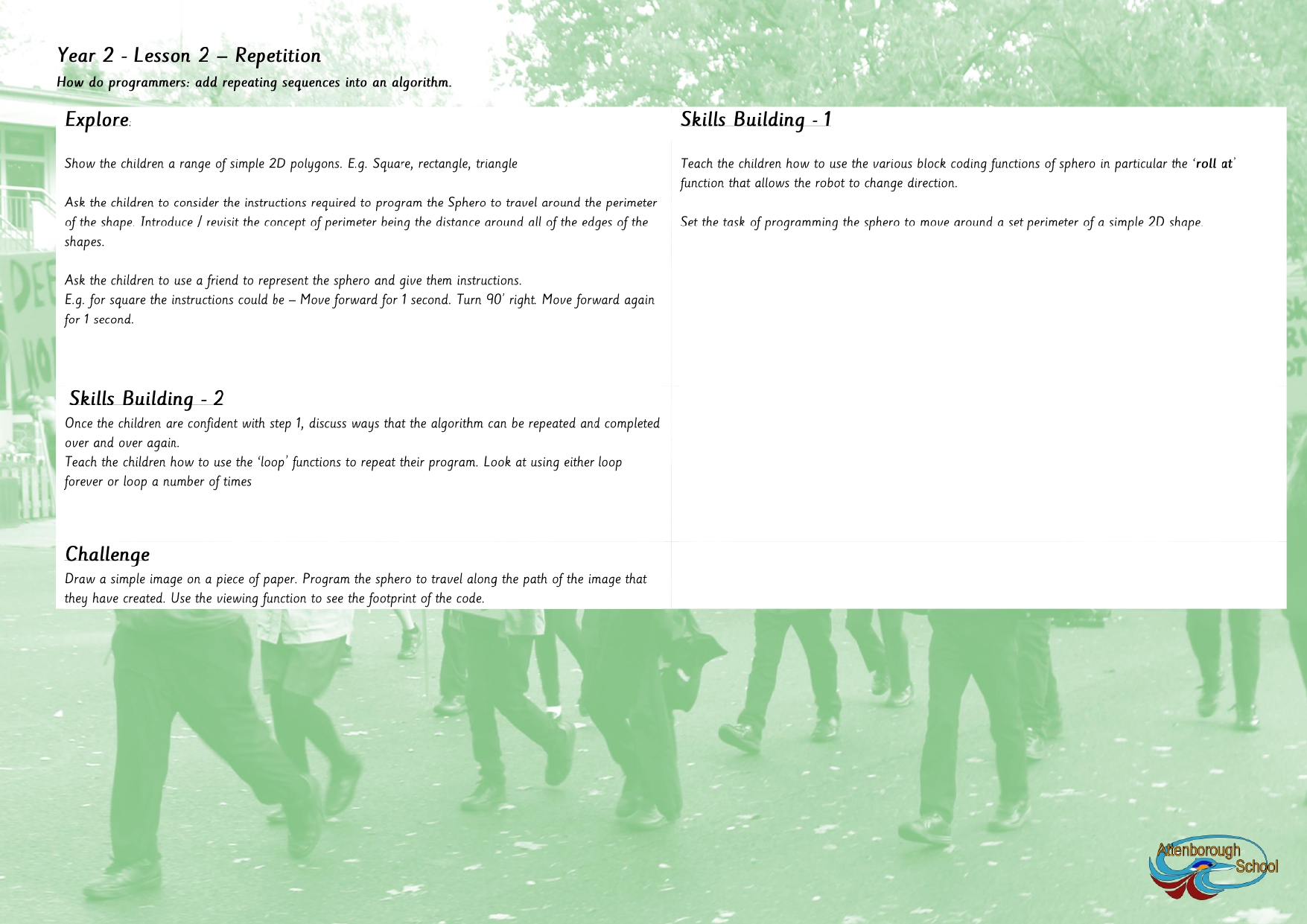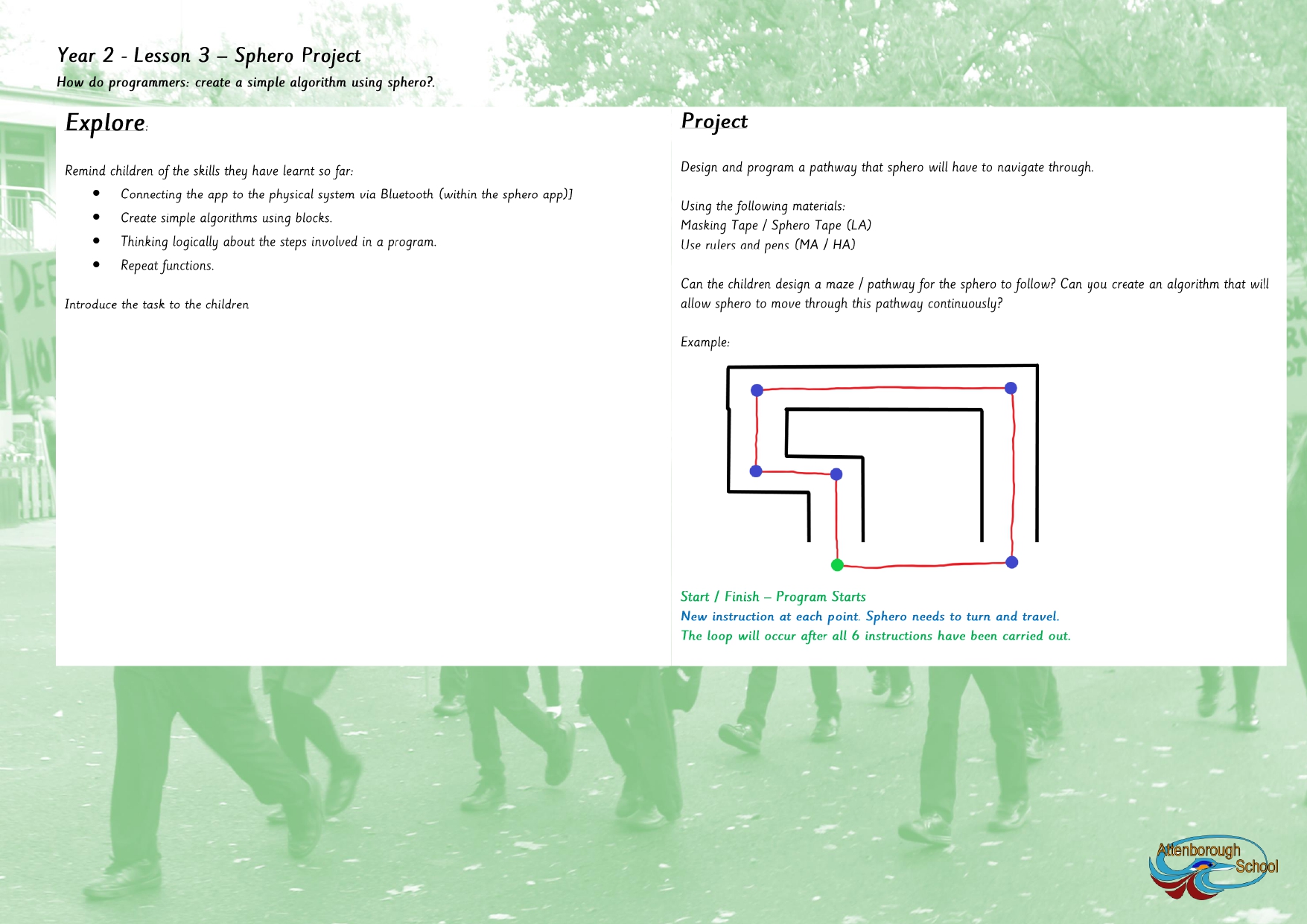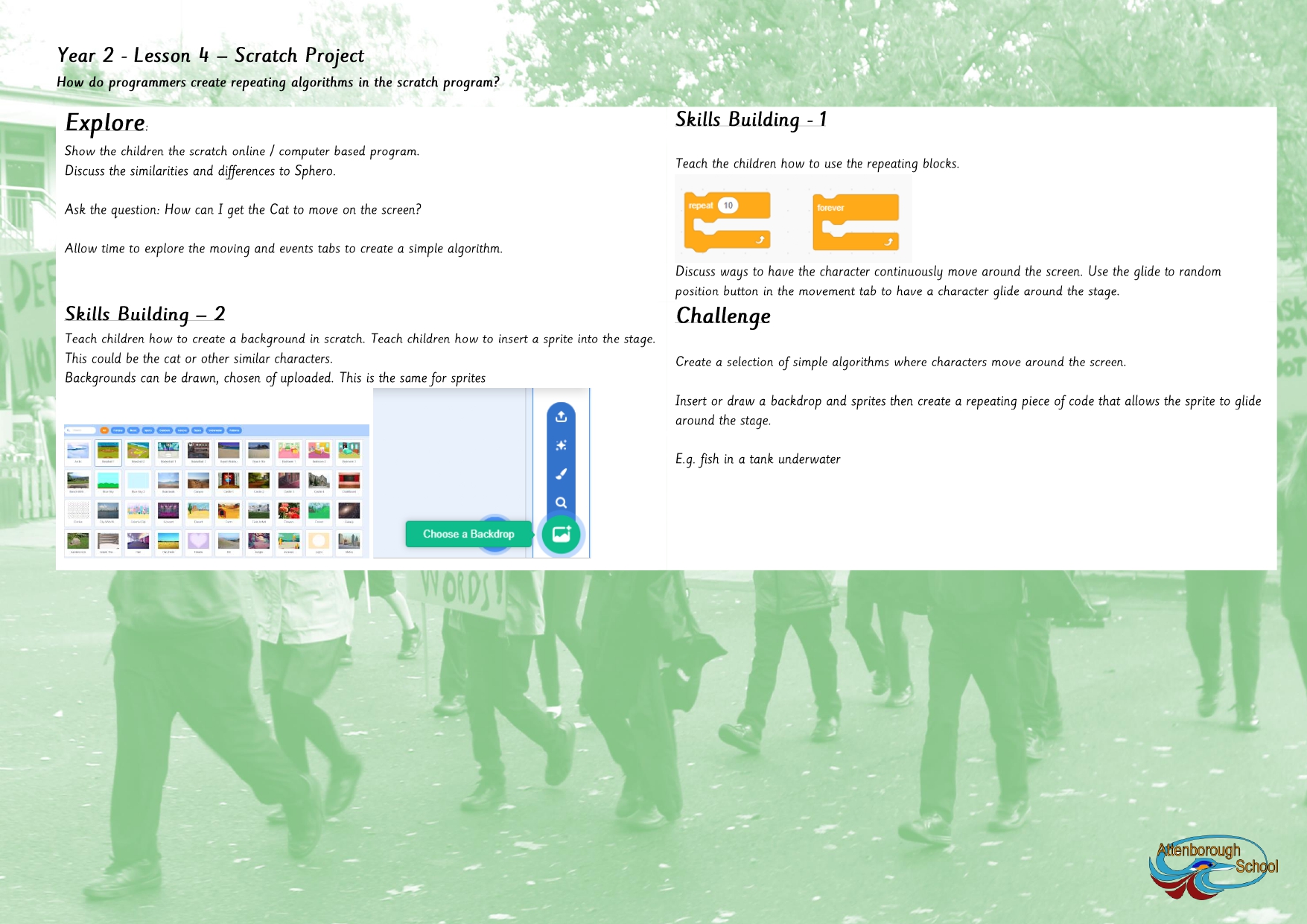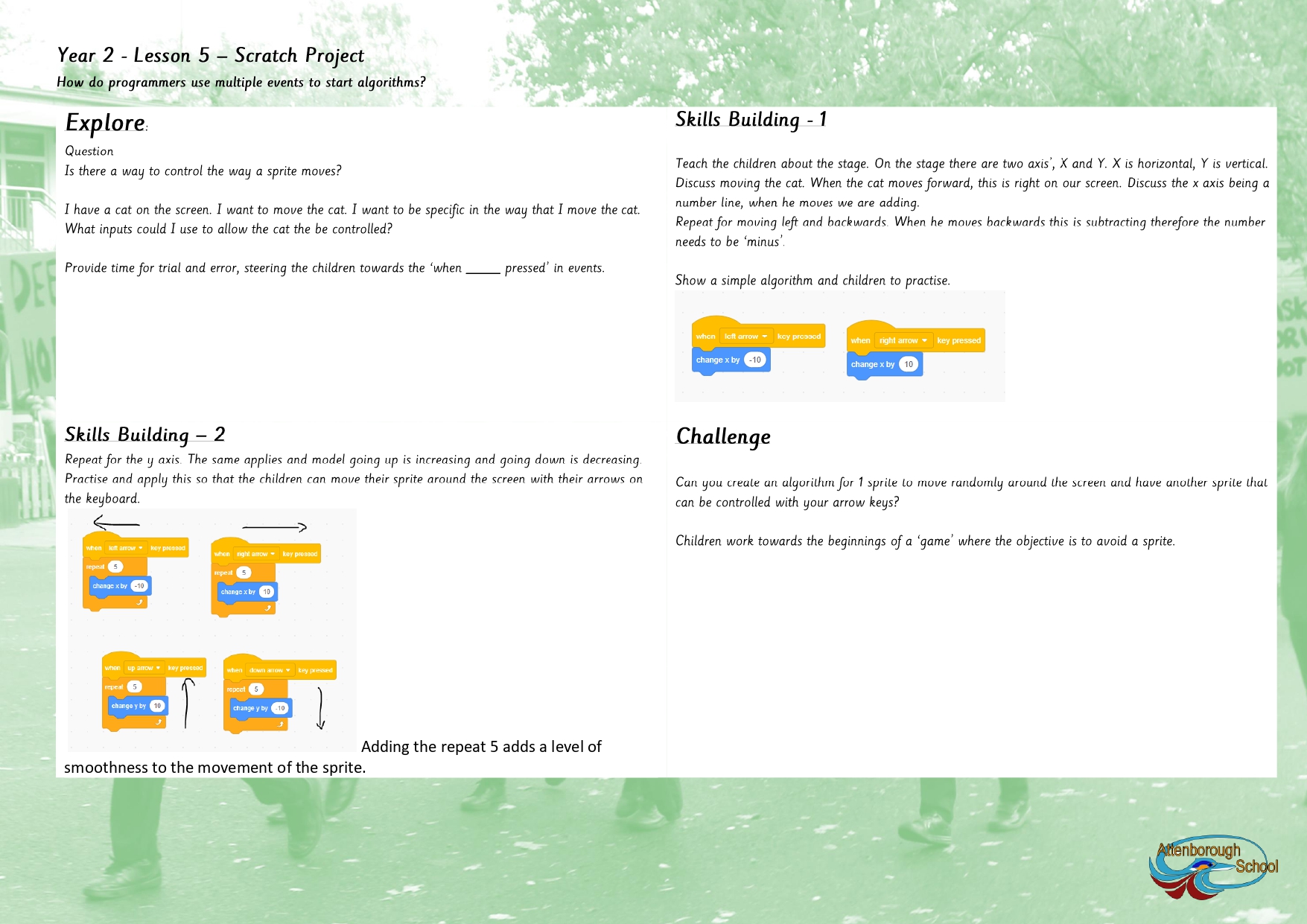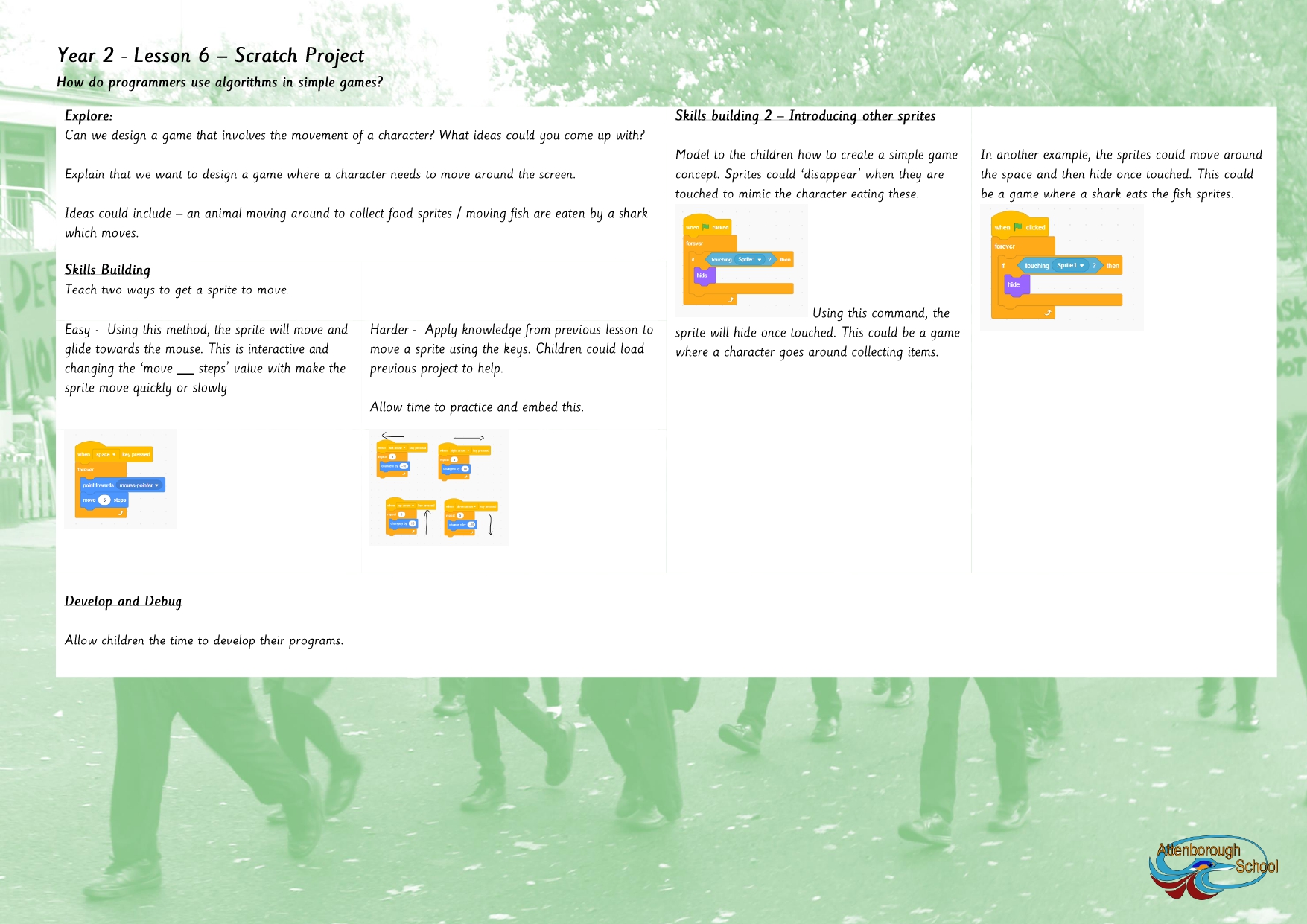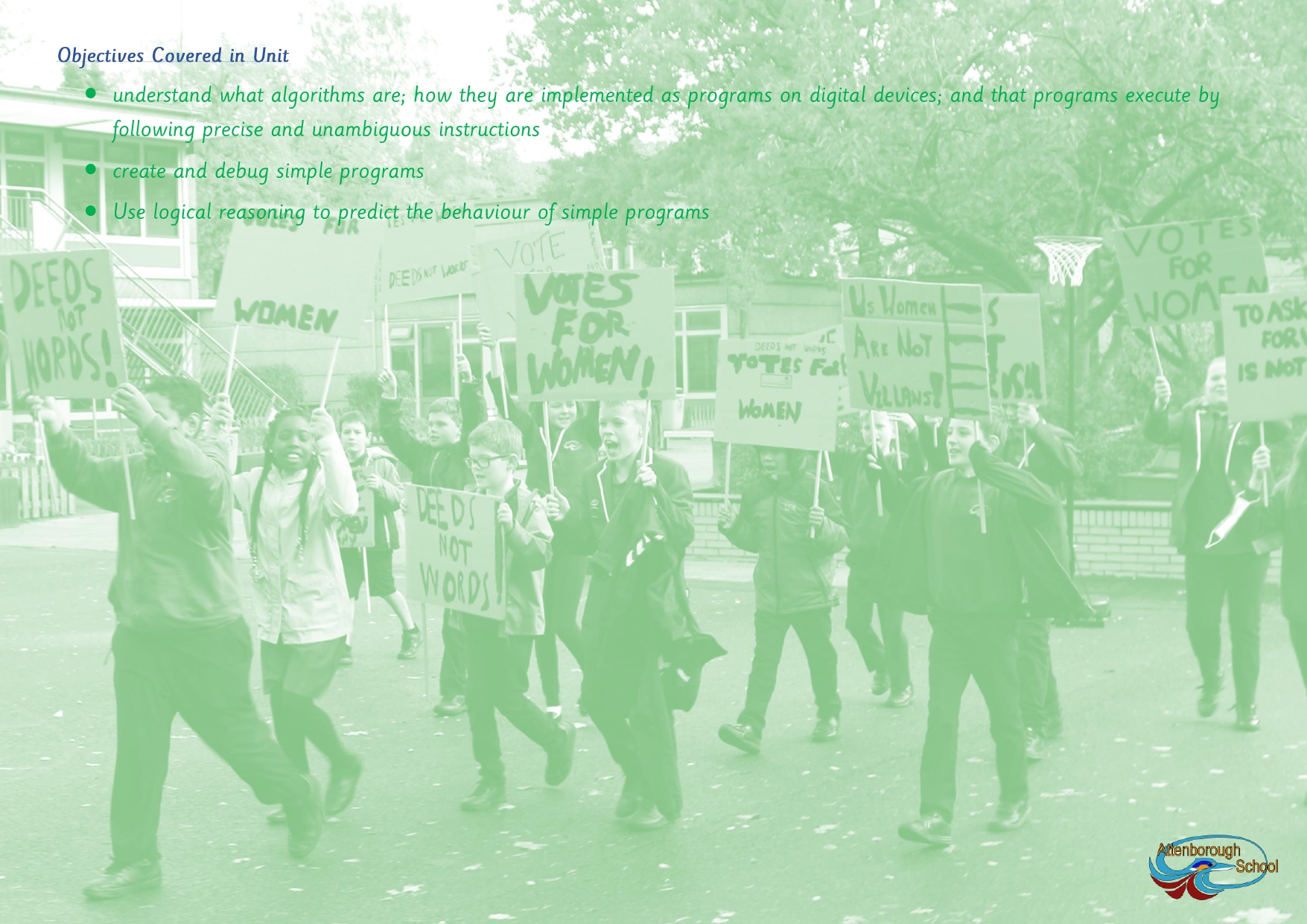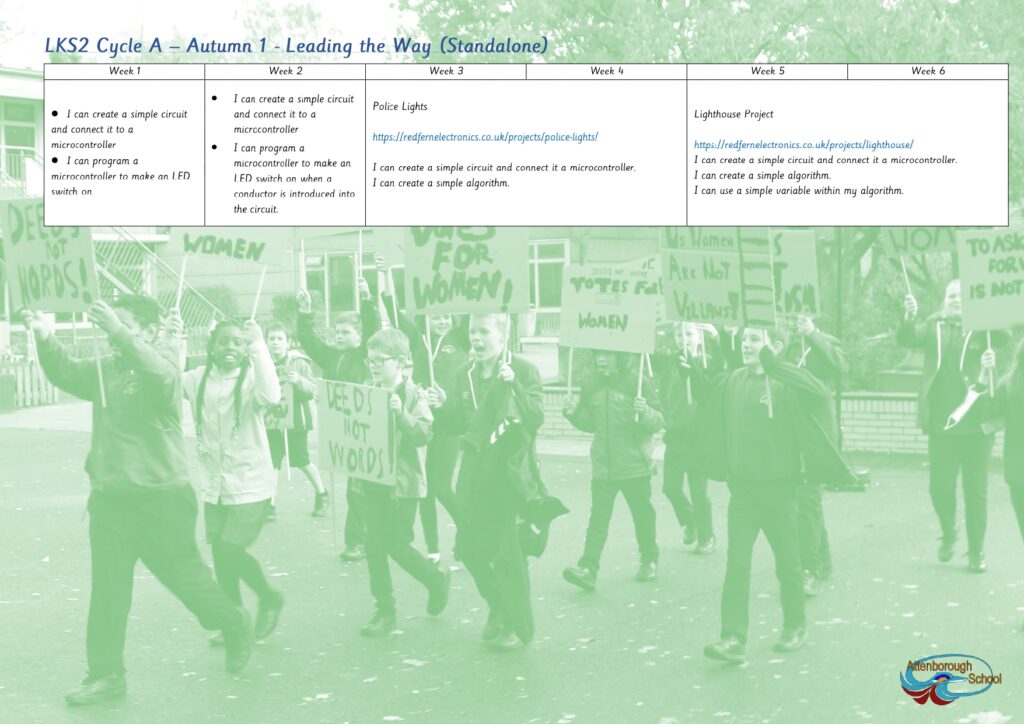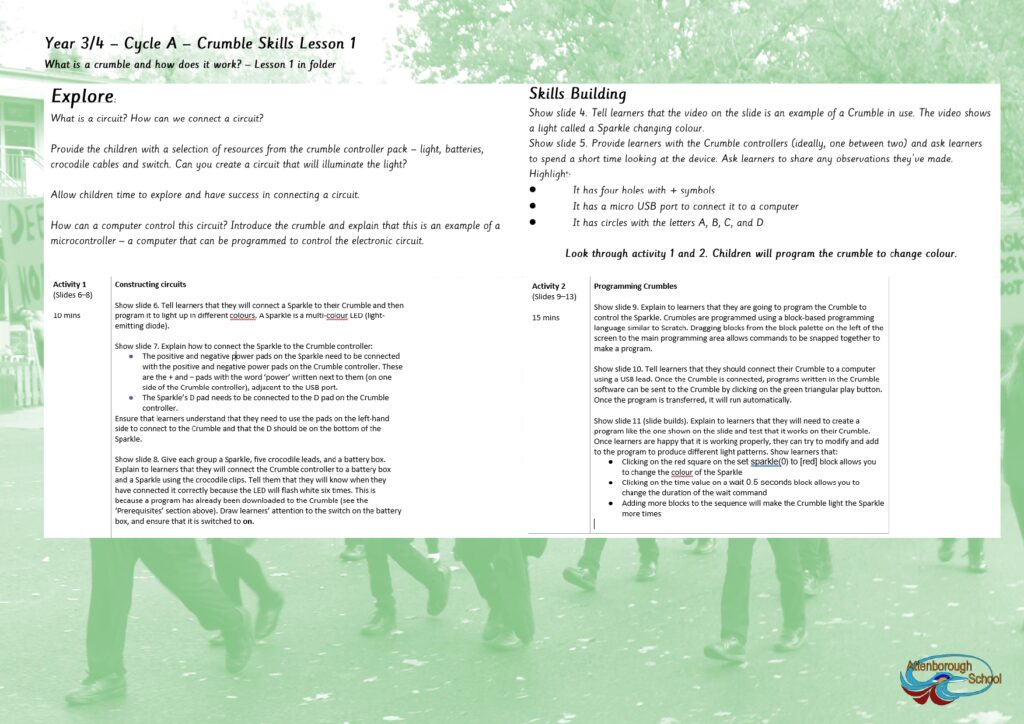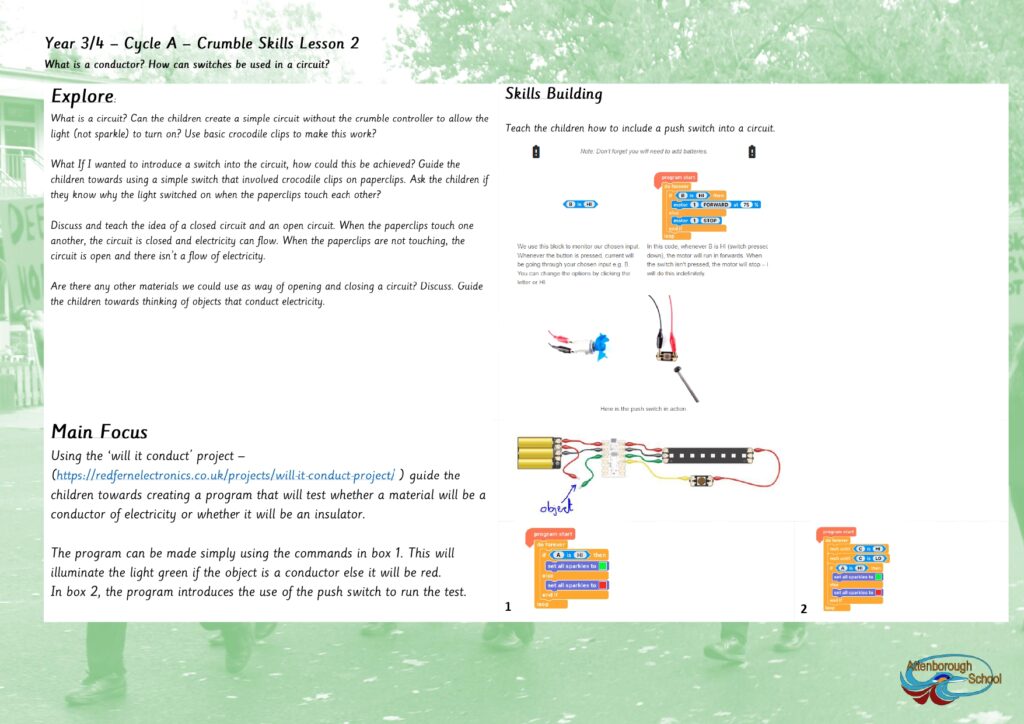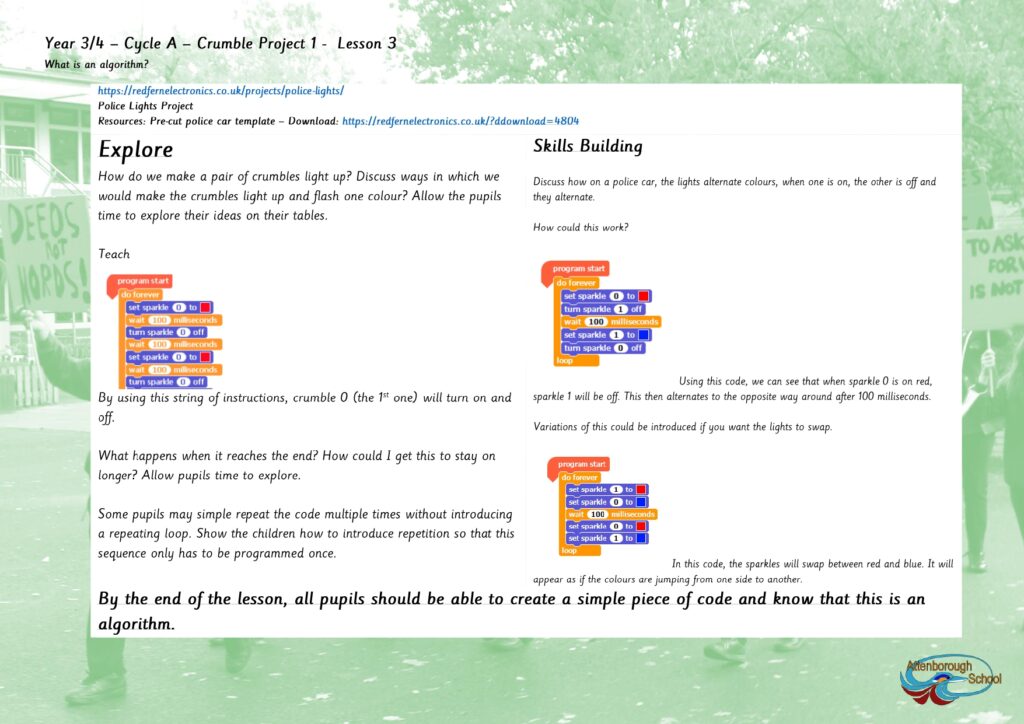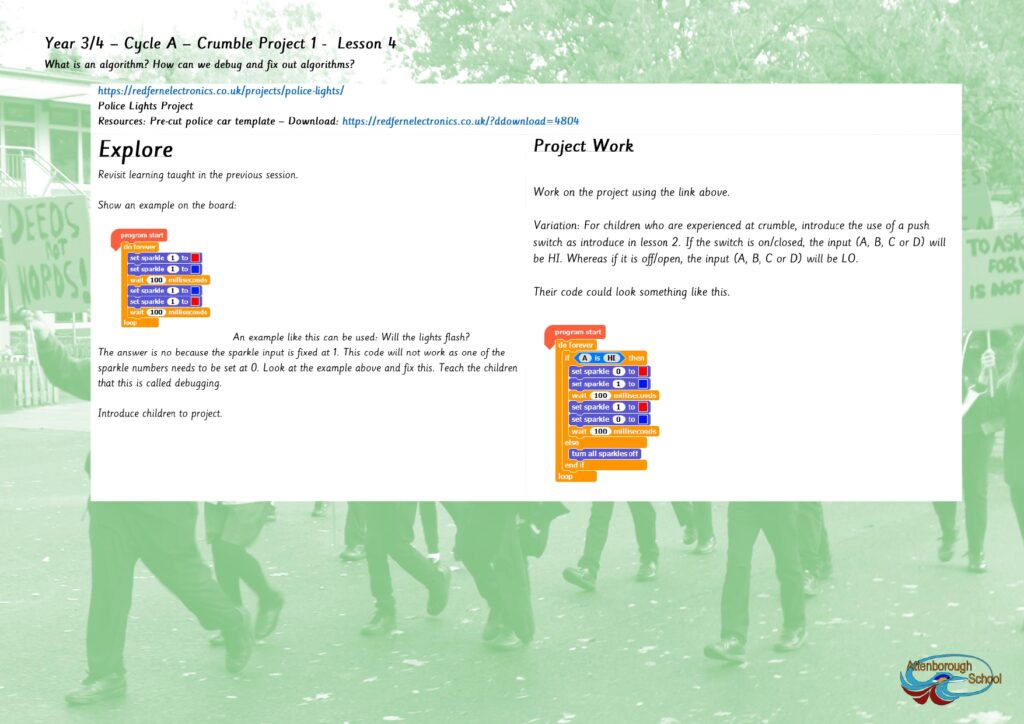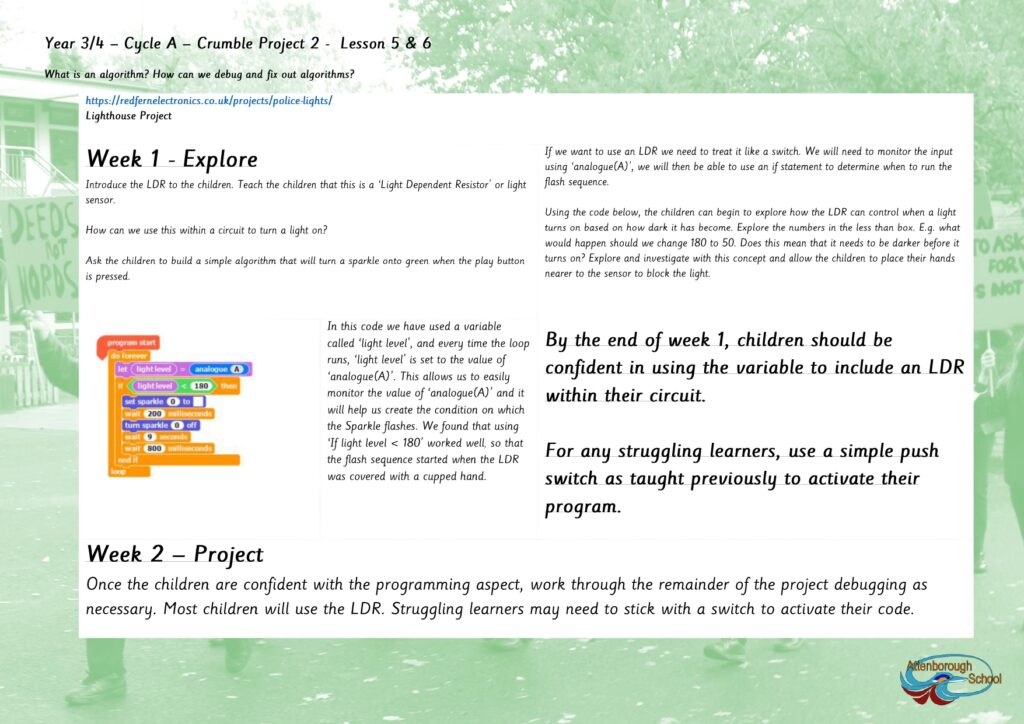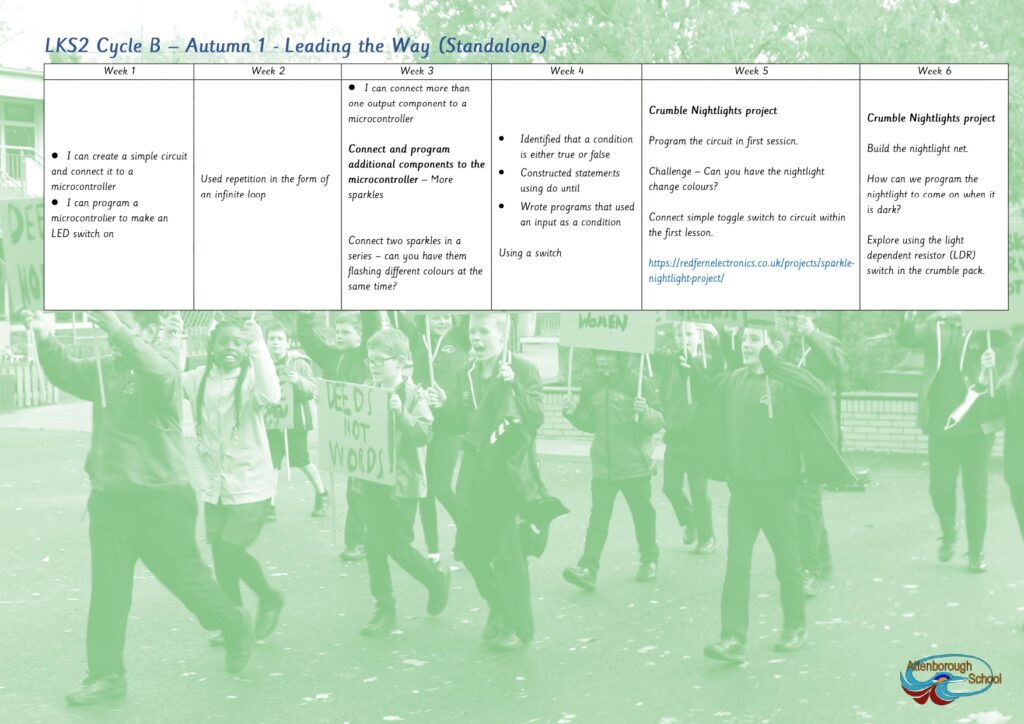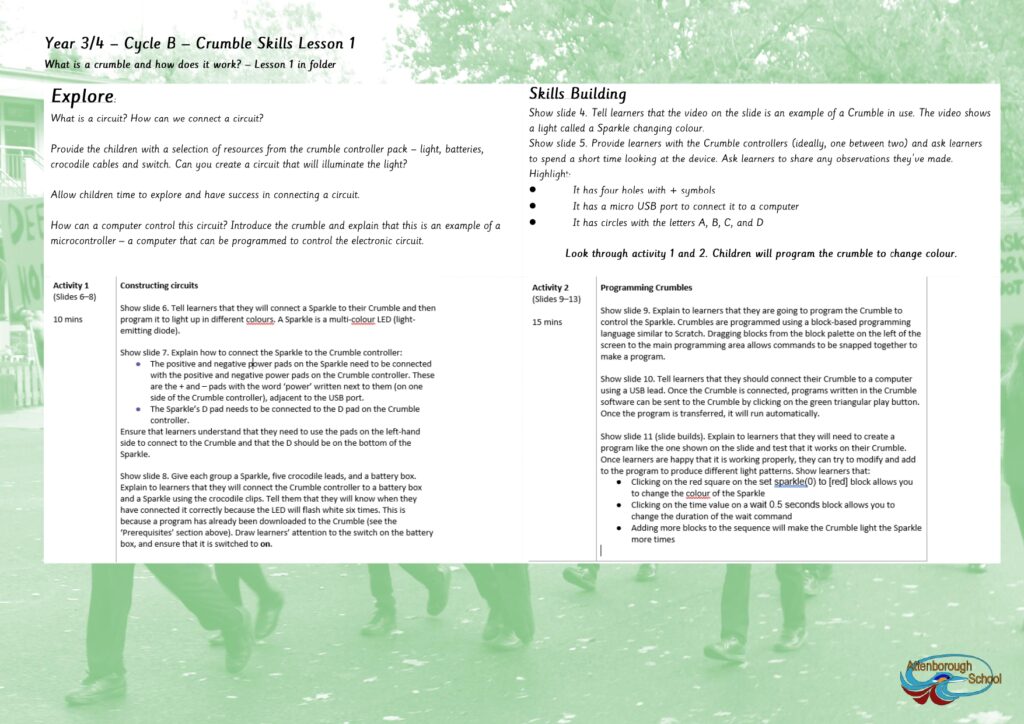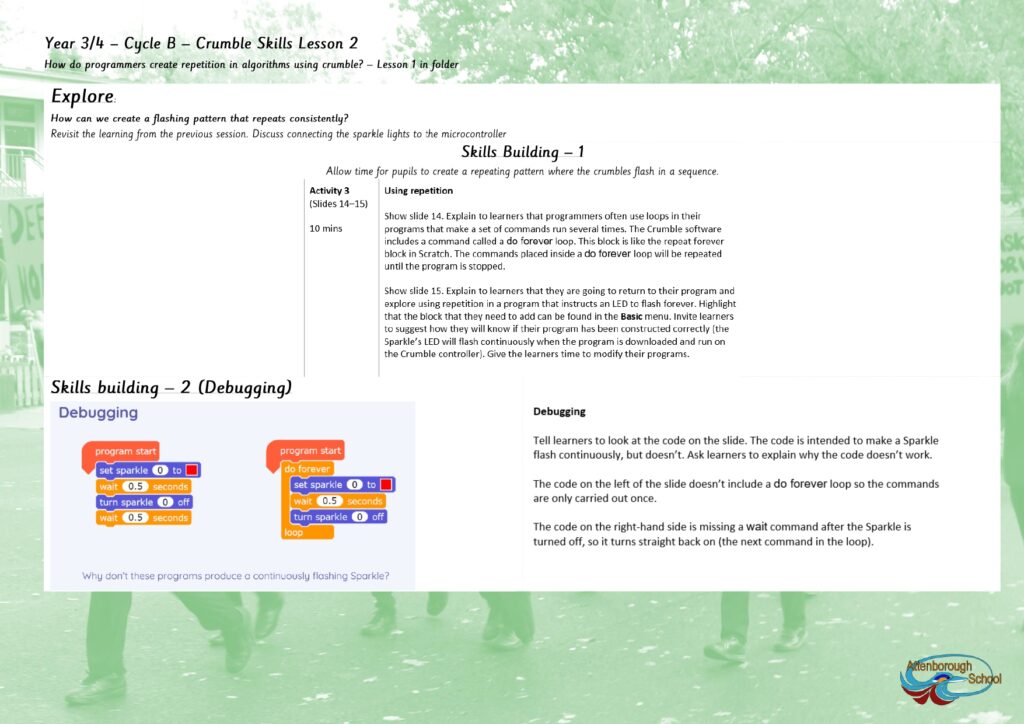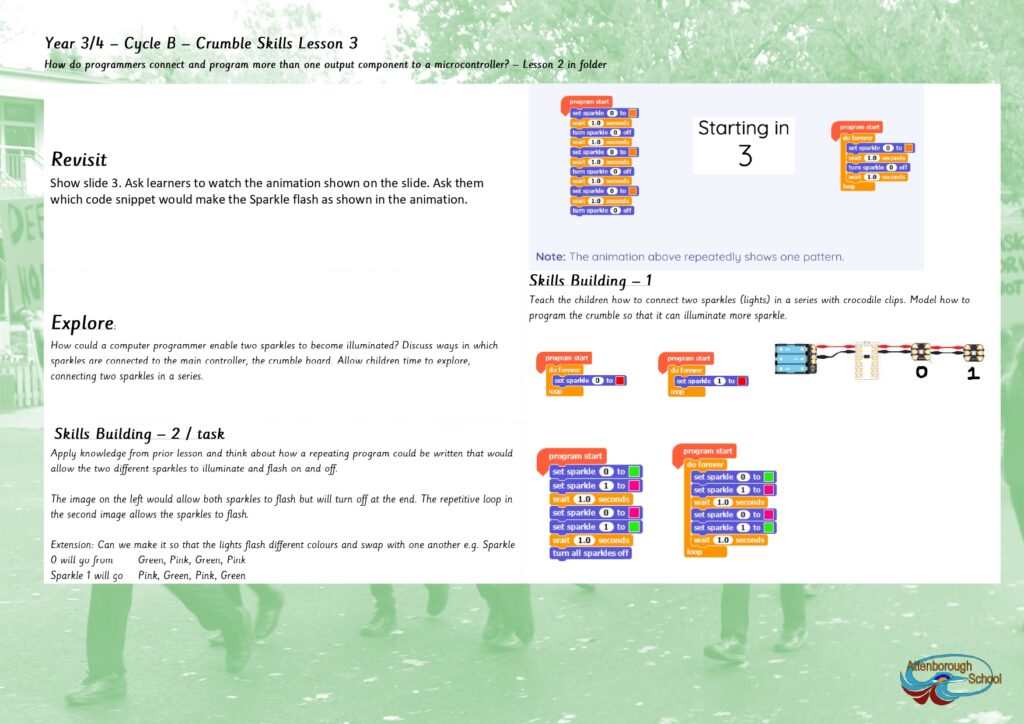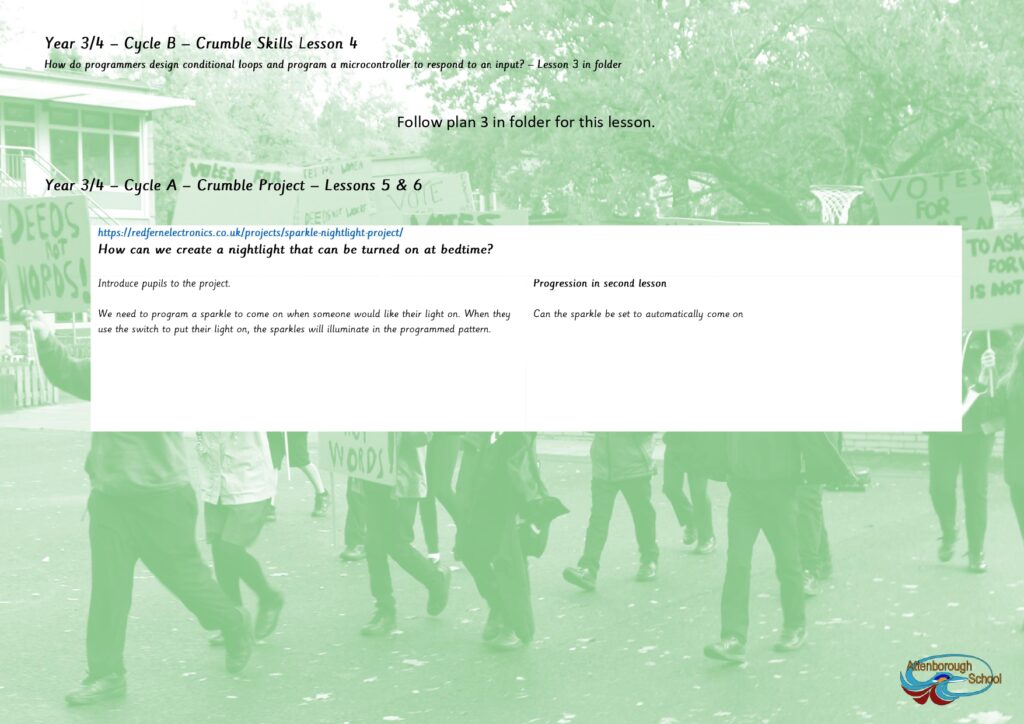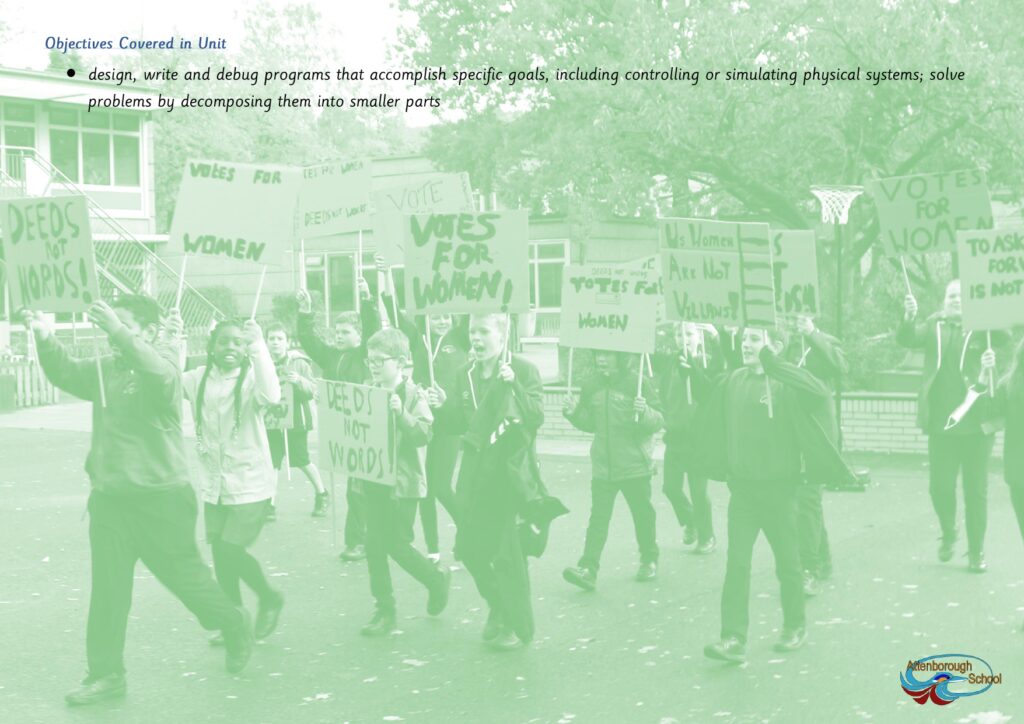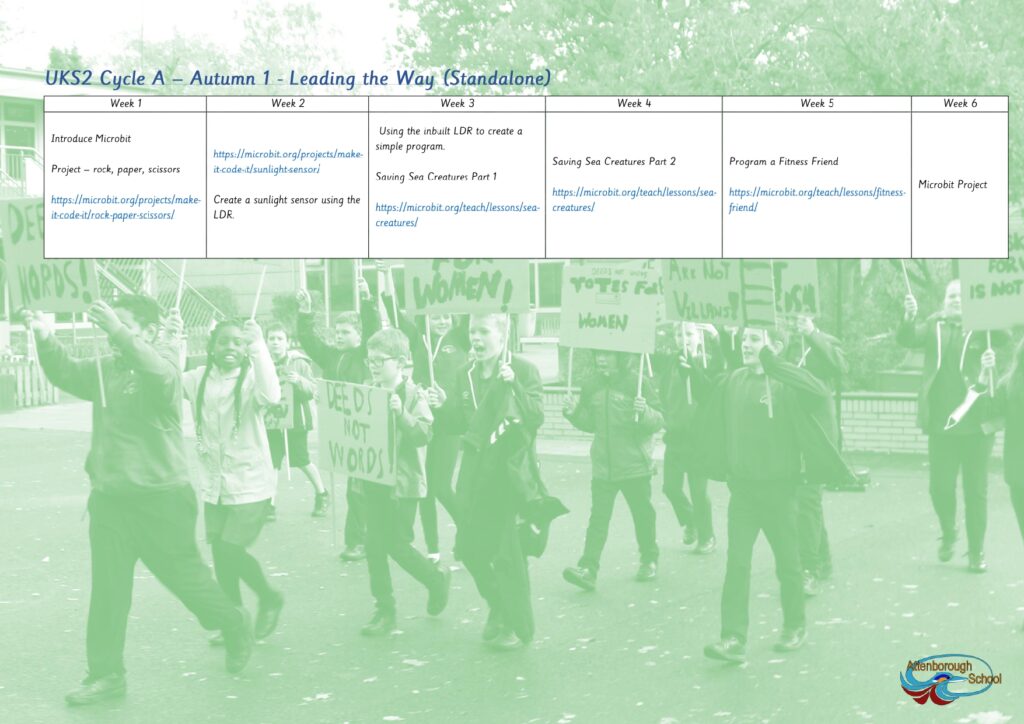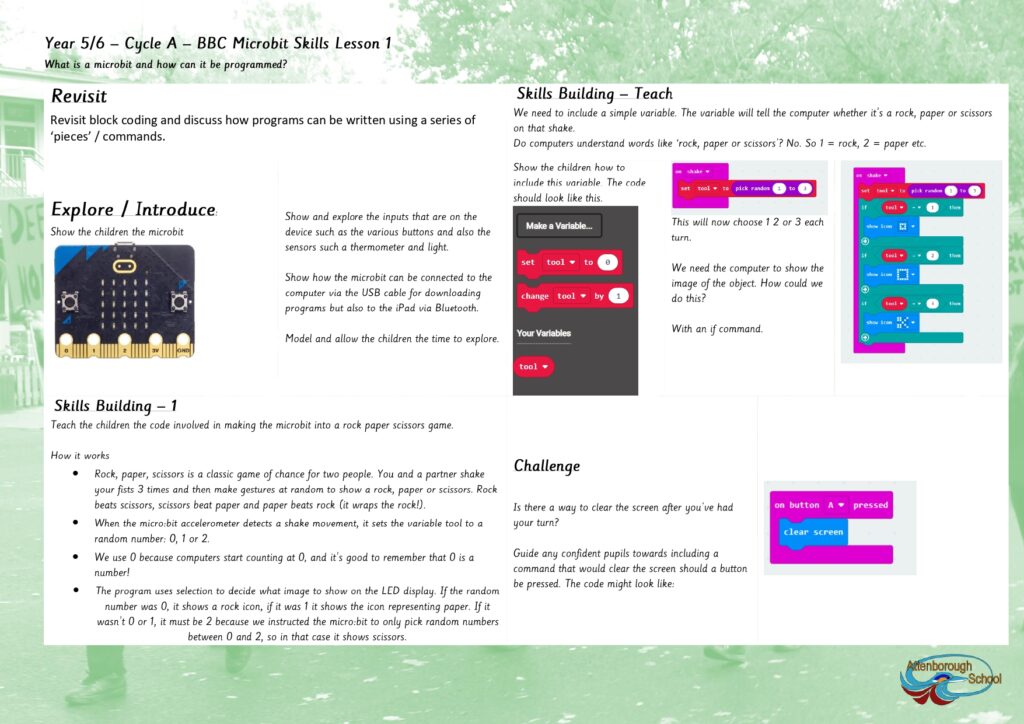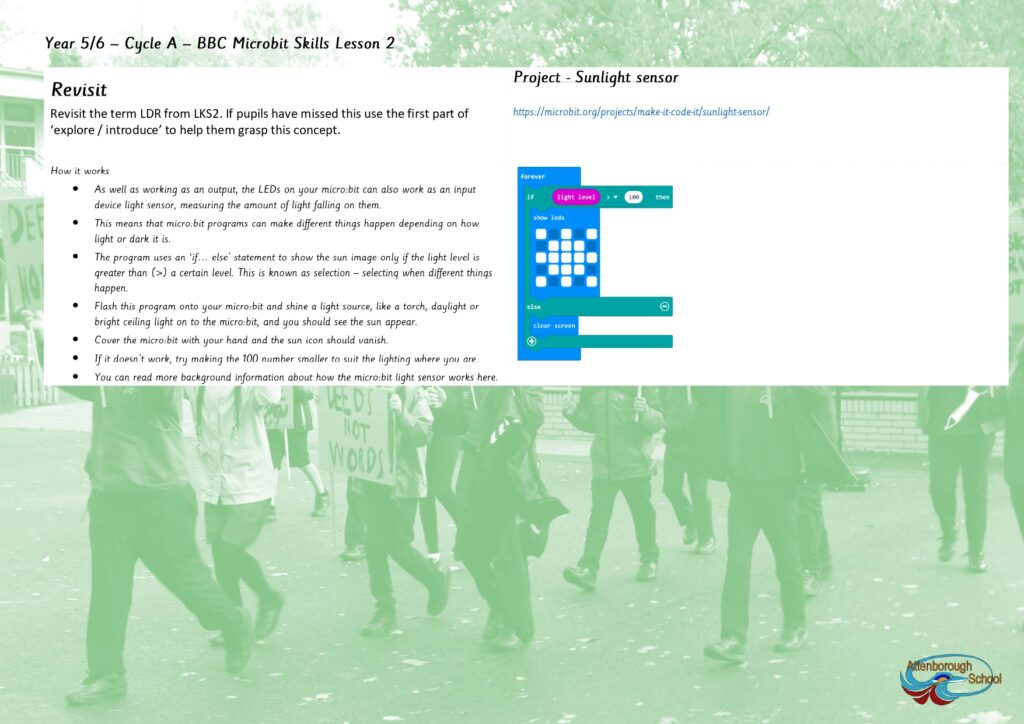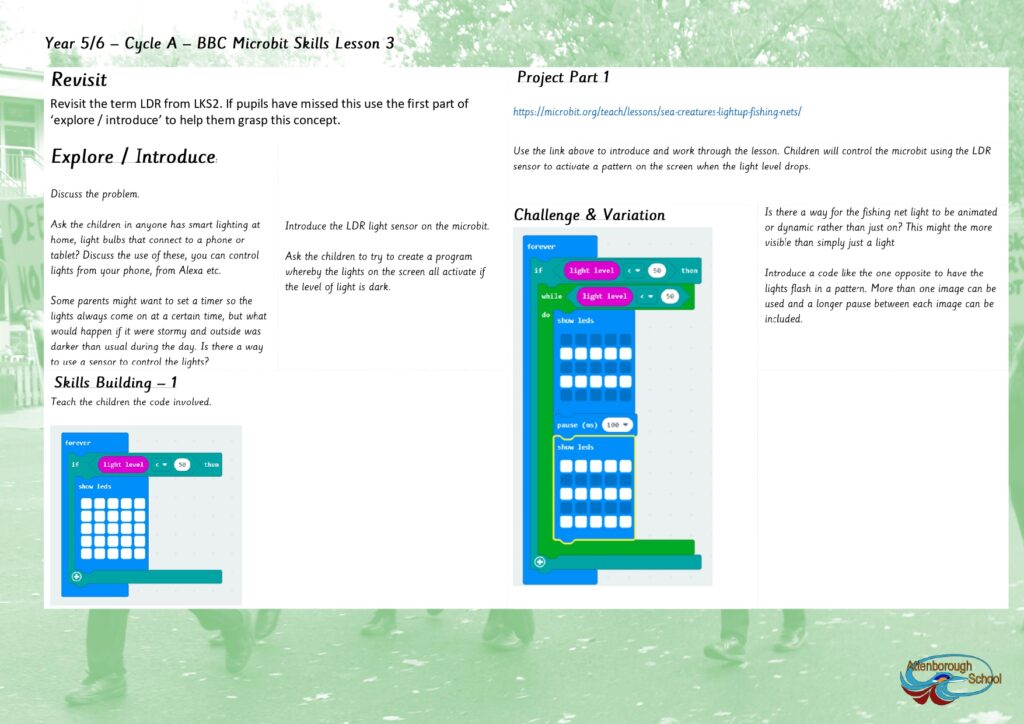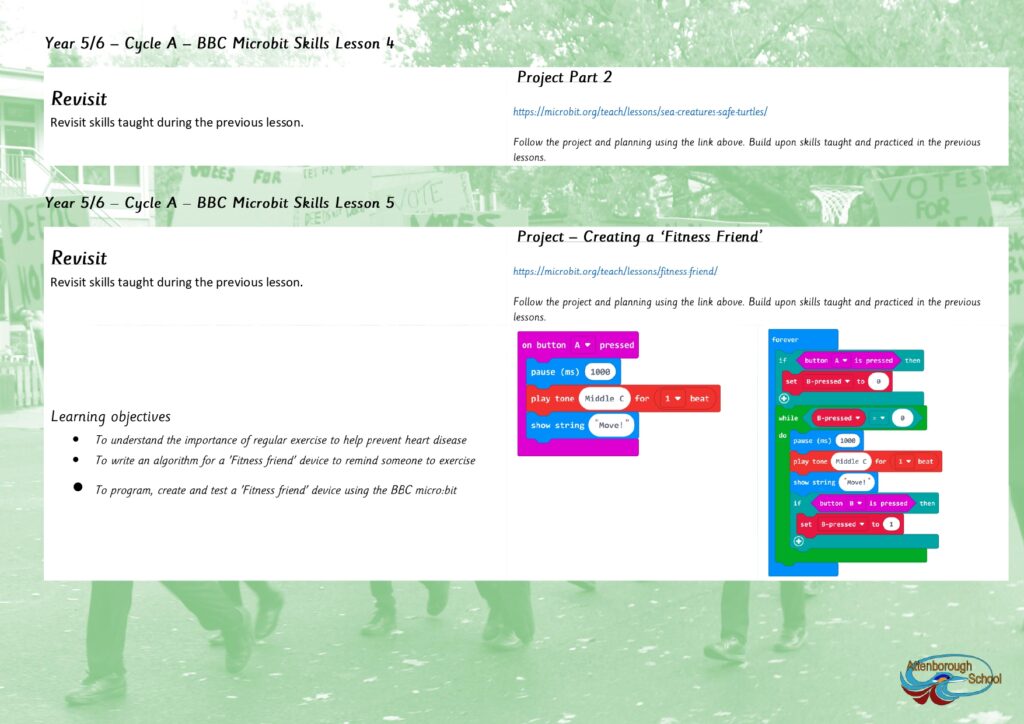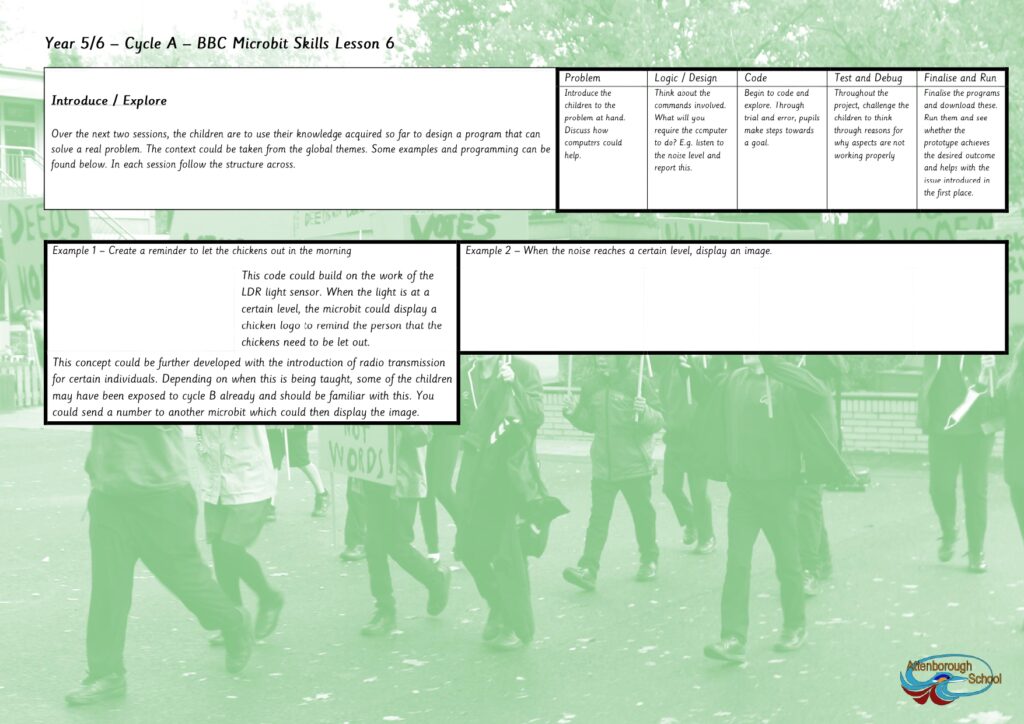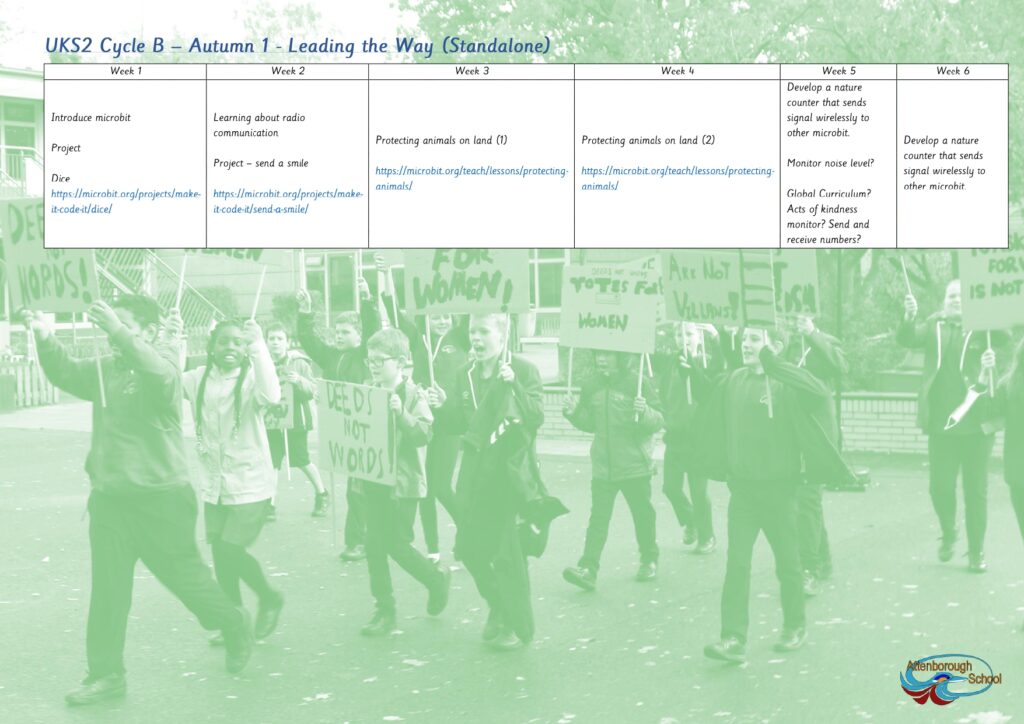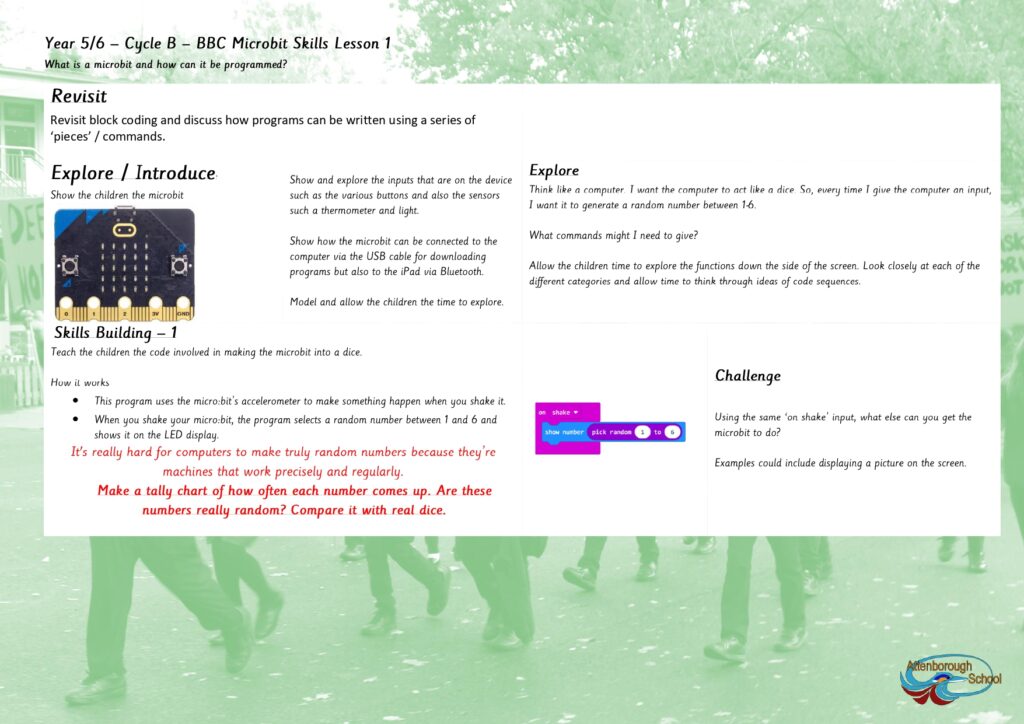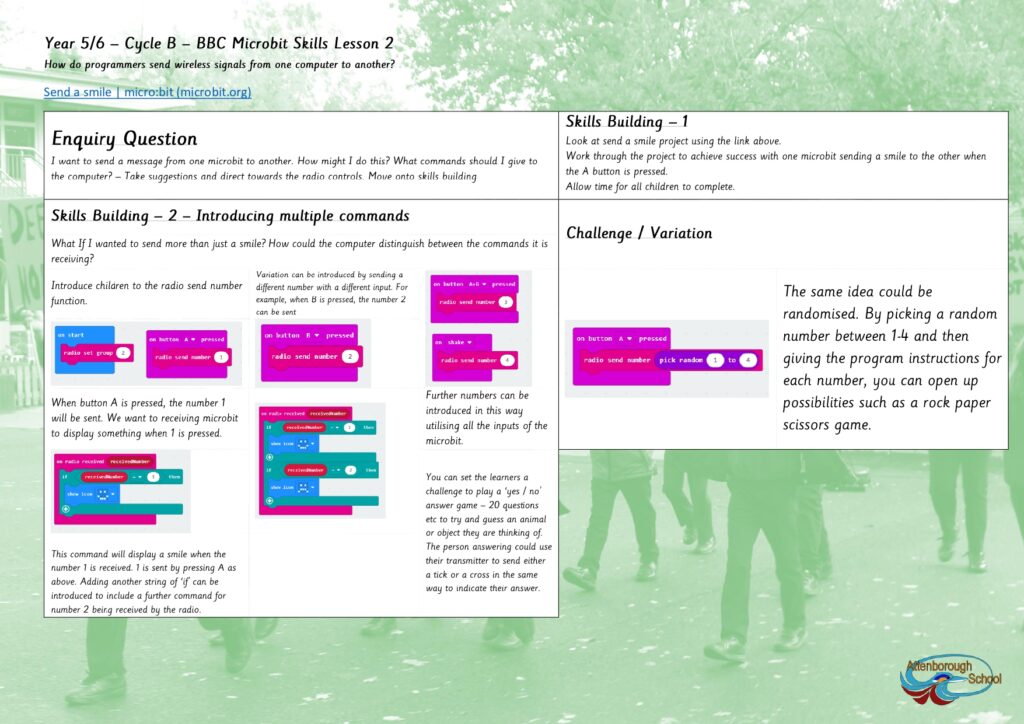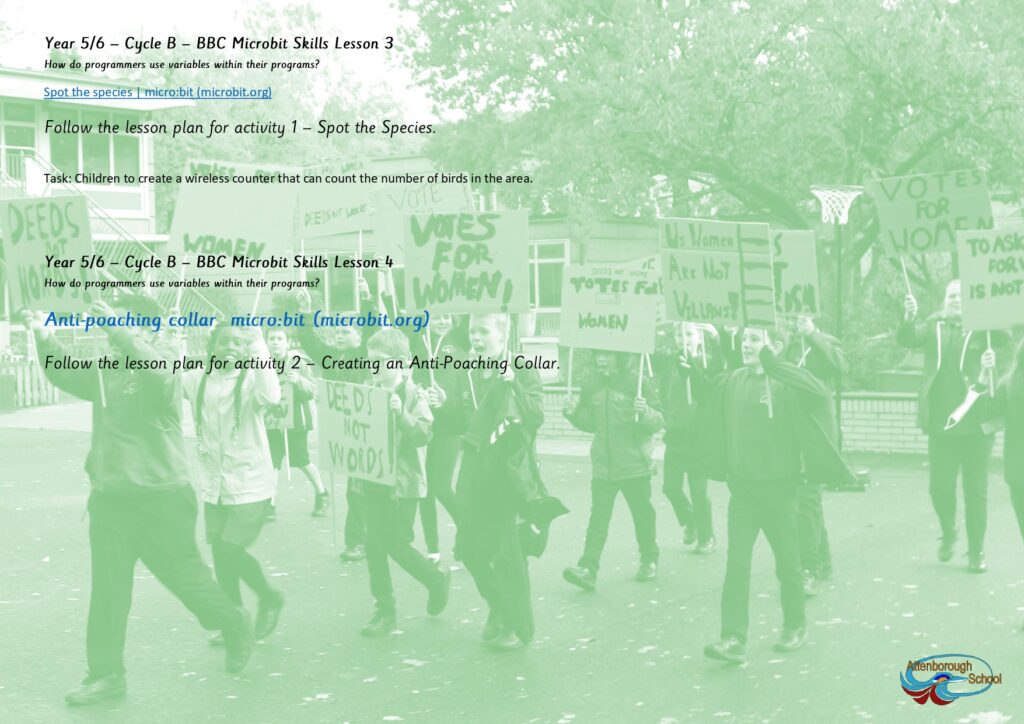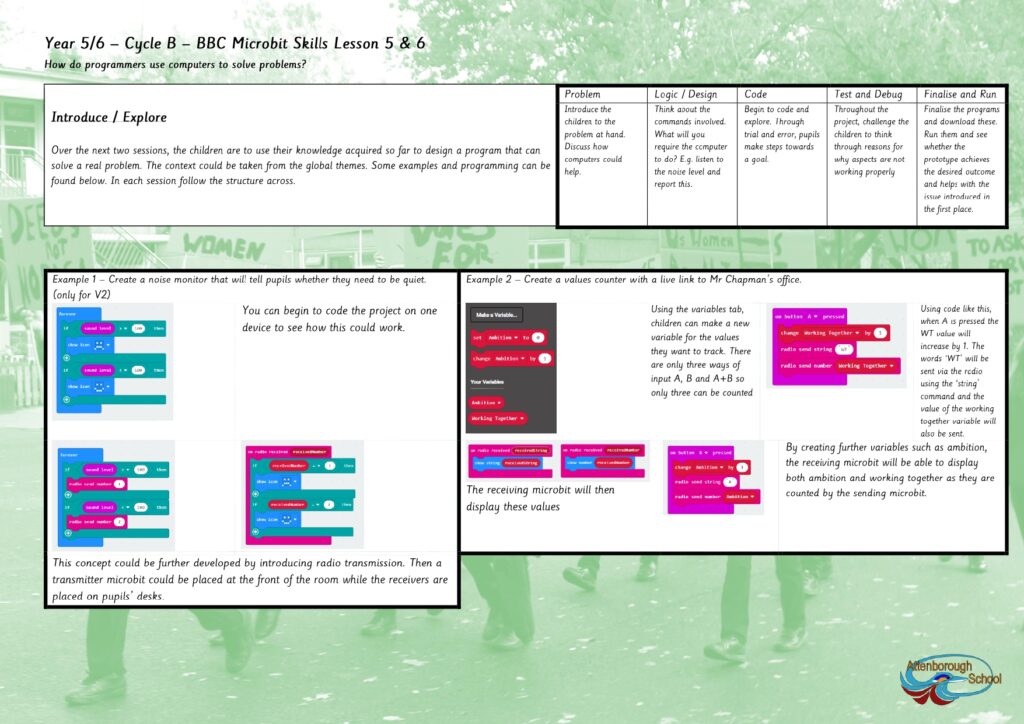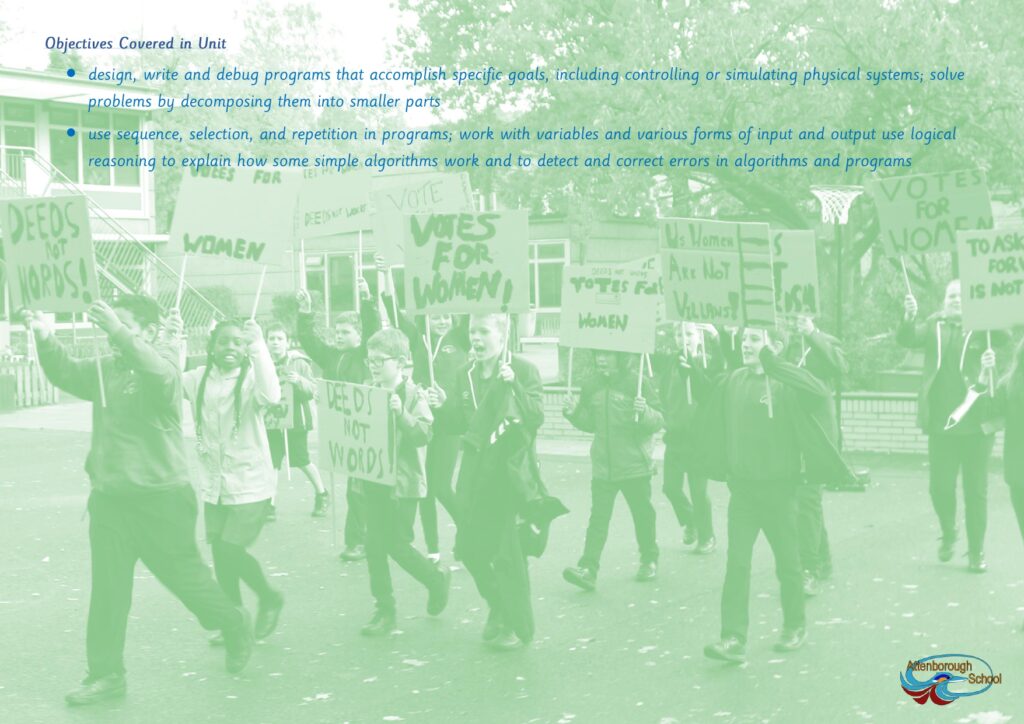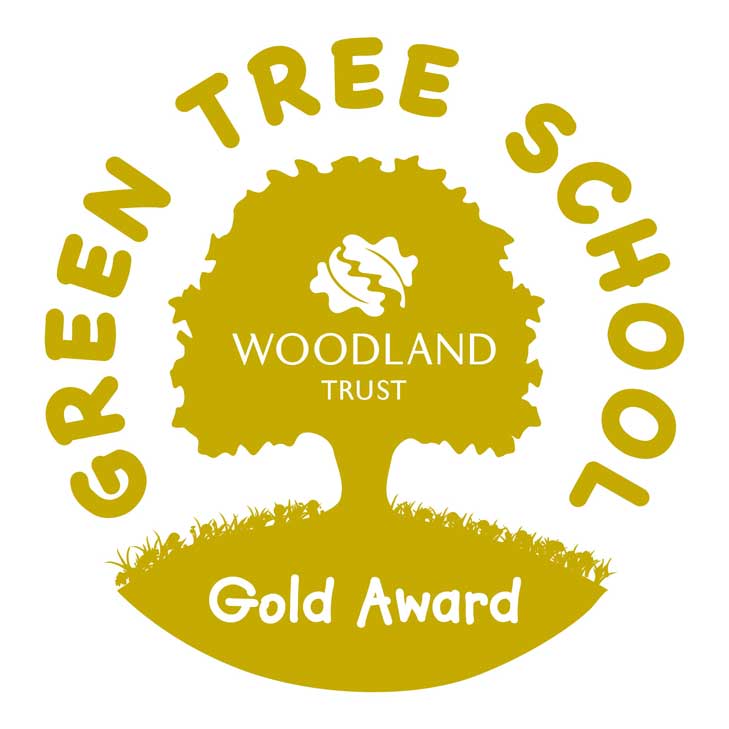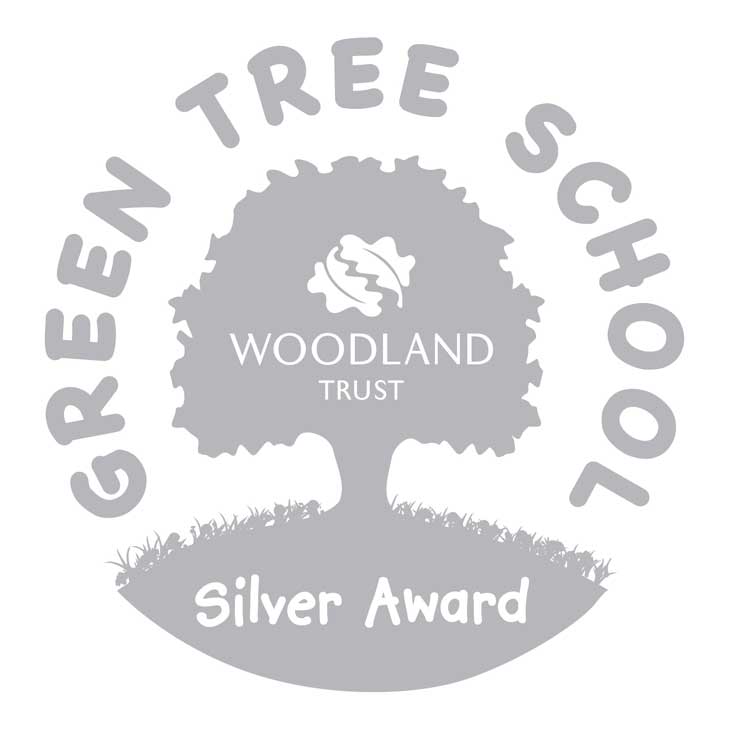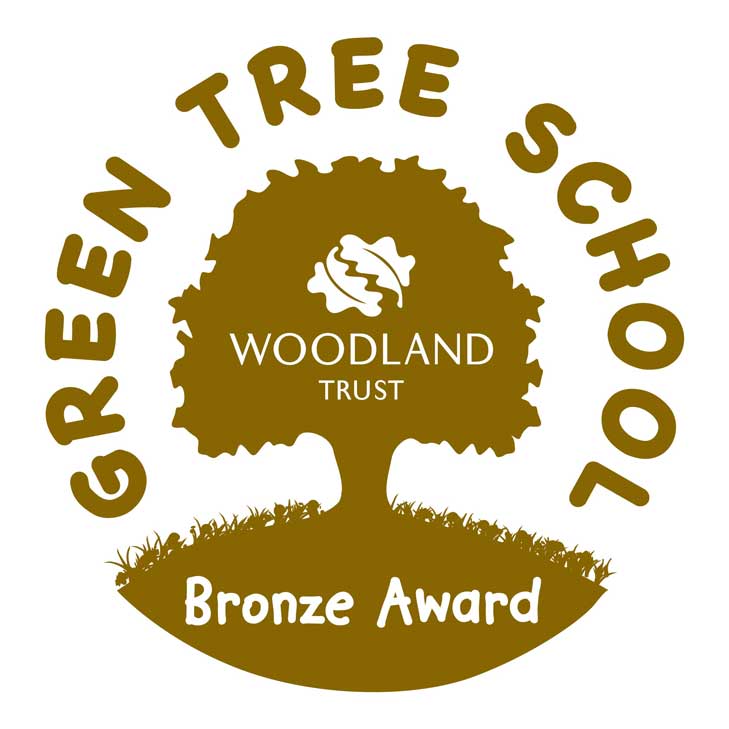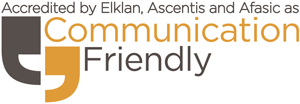“Our Computing Curriculum embraces digital technology in all its forms so that our future Global Citizens develop a profound understanding of the World.”
“Learning to write programs stretches your mind, and helps you think better, creates a way of thinking about things that I think is helpful in all domains.”
—Bill Gates, Co-Chairman, Bill & Melinda Gates Foundation, Co-Founder, Microsoft
“I quickly came to understand that code is a superpower every young woman should be able to access. Understanding that code is the underlying (and invisible) framework of tech means that we do not have to be passive bystanders in our ever-changing digital world.”
—Karlie Kloss, Founder, Kode with Klossy Scholarship
There are three main strands of the Computing curriculum: information technology, digital literacy and computer science.
Information technology is about the use of computers for functional purposes, such as collecting and presenting information, or using search technology. In our fast-developing technological world it is hugely important to keep up with advancements in order to better contribute to our Global Community. As part of our Information Technology strand we include regular teaching of Online safety during each unit of work as well as Online safety enrichment days. This ensures that children feel confident when using computers and the Internet, and know what to do if they come across something either inappropriate or uncomfortable.
Digital literacy is about the safe and responsible use of technology, including recognising its advantages for collaboration or communication. Literacy in its simplest form is letters and words. Understanding and producing text is something that develops and creates whole communities. Digital literacy however is about more than understanding words; it is about understanding the importance of being competent in producing imagery, and video to communicate in the ever-changing digital world.
Historically, to create engaged citizens there was a requirement to read and write, to share knowledge and contribute to the community or at the very least understand the literature read to them. Now we have symbolic online global communities. Basic reading and writing is no longer enough, you have to keep moving and developing new ways to communicate. And that is where the creativity in digital literacy comes in and at Attenborough we begin this process with our youngest pupils who themselves make and create digital imagery as a platform for communication.
Computer science will introduce children of all ages to understanding how computers and networks work. It will also give all children the opportunity to learn basic computer programming, from simple floor robots and concept stories in the “Hello Ruby” series of books in EYFS, right up to creating on-screen computer games and programmes and writing code for more complex robotic devices such as our open source computer Micro-bits and Sphero robots in KS1 & KS2.
As part of wider curriculum, we are always looking to apply skills learned in other subjects to enhance our understanding of ‘Global Citizenship’ and where possible we plan and include computing activities that address wider global issues, encouraging our pupils to use skills gained to suggest solutions.
Attenborough School Computing Scheme of Learning


